Testing the Sony Bravia 7, we quickly noticed that this TV can do quite a lot. Although it is the "lowest" model from the Japanese manufacturer in the new 2024 lineup, it certainly doesn’t feel like a compromise. The picture impressed us with its deep blacks and the detail in bright scenes – thanks to Mini LED technology, which makes a difference. When we played movies in Dolby Vision, it was immediately obvious how much HDR adds life to every scene. The intense colors and great dynamics made watching evening shows a true pleasure for us. Daily use of this TV also positively surprised us. The Google TV system worked flawlessly, and the choice of apps was so extensive that we easily found everything we wanted to watch. The backlit remote is a small but practical addition – we really appreciated not having to fumble around for buttons in the evenings. The older content we watched improved in quality thanks to advanced image processing. When we tried the TV for gaming, it also made a good impression on us. The 120 Hz refresh rate provided smooth visuals, and the low input lag allowed us to enjoy fast-paced and dynamic gameplay. We particularly liked the Game Bar feature – easy access to settings during the game is something that every gaming enthusiast will appreciate. The TV handled even more demanding titles excellently. However, not everything was perfect. Only two HDMI 2.1 ports, one of which is dedicated to eARC, may pose a problem if someone plans to connect several devices simultaneously. Additionally, when we watched the TV from an angle, we noticed that the picture quality was not as good as when looking straight on – the lack of a layer to enhance viewing angles was noticeable here. Nevertheless, the Bravia 7 is a TV that positively surprised us. It combines excellent picture quality with functionality that works well for both everyday use and evening shows or dynamic gaming sessions. The minor limitations are noticeable, but they do not overshadow the overall experience, which definitely deserves attention from buyers.
- Matching (Score)
- Our verdict
- TV appearance
- Where to buy
- Contrast and black detail
- HDR effect quality
- Factory color reproduction
- Color reproduction after calibration
- Smoothness of tonal transitions
- Image scaling and smoothness of tonal transitions
- Blur and motion smoothness
- Console compatibility and gaming features
- Input lag
- Compatibility with PC
- Viewing angles
- TV efficiency during daytime
- Details about the matrix
- TV features
- Apps
- Playing files from USB
- Sound
Sony Bravia 7 (XR70) vs LG OLED B5
Direct compare
Check the best price offer:
Sony Bravia 7 (XR70)Check the best price offer:
LG OLED B5BRAVIA 7 / XR70

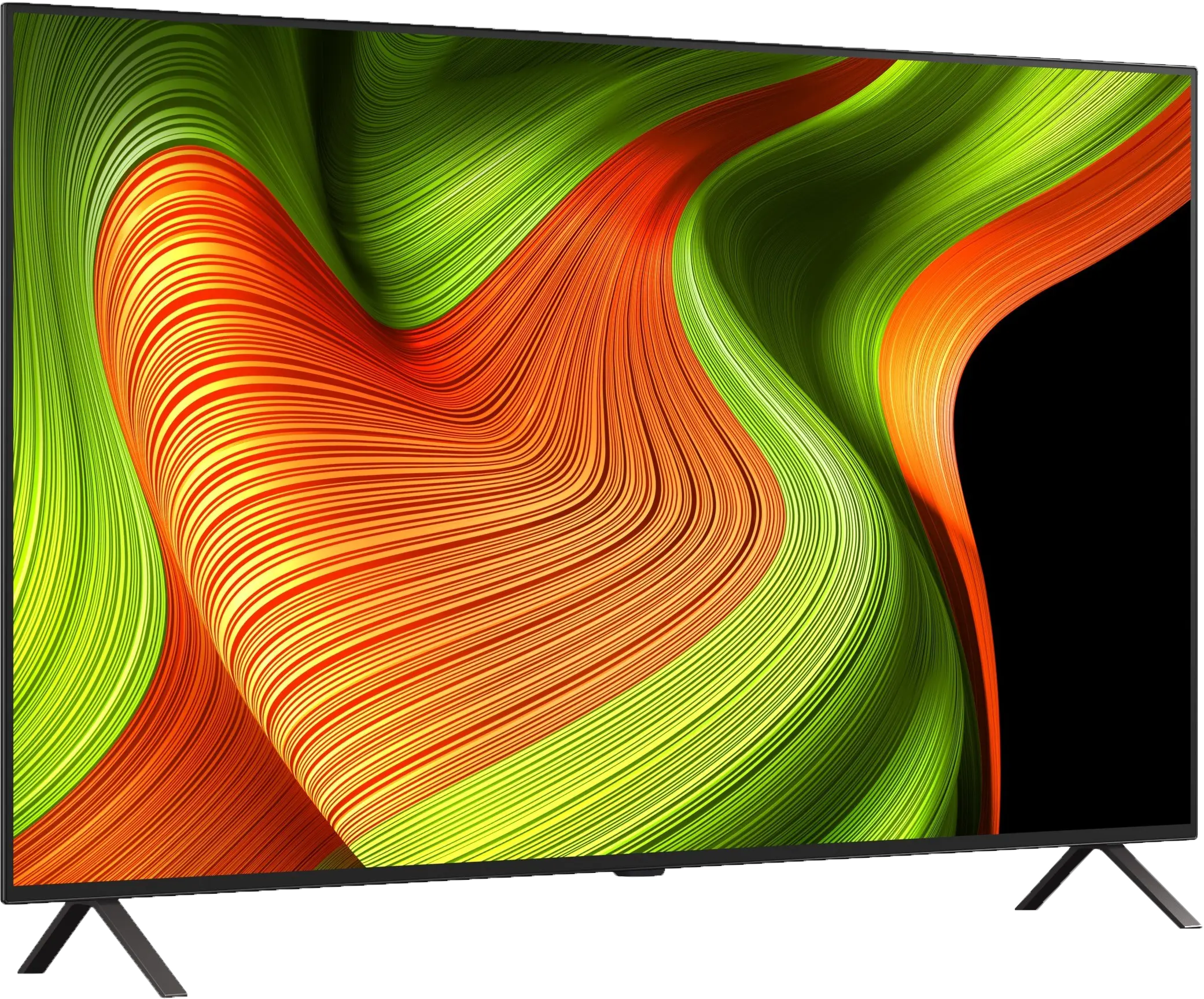
Panel type: LCD VA
Resolution: 3840x2160
System: Google TV
Model year: 2024
Complete the survey to find out the result

Panel type: WRGB OLED
Resolution: 3840x2160
System: WebOS
Model year: 2025
Complete the survey to find out the result

Overall rating
8.1
7.8
Movies and series in UHD quality
7.6
7.9
Classic TV, YouTube
7.6
8.6
Sports broadcasts (TV and apps)
7.6
8.5
Gaming on console
8.4
9.2
TV as a computer monitor
7.6
7.6
Watching in bright light
8.4
4.9
Utility functions
9.5
8.3
Apps
9.6
8.7
Sound quality
7.8
7.0
Complete the survey to find out what fits your preferences
Advantages
High brightness
Good contrast
Great Dolby Vision support
Google TV – intuitive system, easy access to apps, backlit remote
Very good built-in speakers
Great digital processing
Good for gamers - HDMI 2.1, many features, low input lag
Perfect black and contrast
Pleasant picture in HDR format
Outstanding color reproduction capabilities
120Hz OLED panel - excellent motion fluidity
4 HDMI 2.1 ports and full support for gamers (VRR, ALLM, Dolby Vision Gaming, HGiG)
Very low input lag
Correct content scaling and good digital processing
User-friendly webOS system with Magic remote
Built-in USB recording function from built-in DVB-T/T2 tuners
Disadvantages
No expansion coating for the viewing angles at this price
Only 2 HDMI 2.1 ports - one of which is ARC
Average brightness and poor performance in bright rooms
No support for DTS formats
Different versions of the remote in derivative models – it's hard to predict which version we will get
Our verdict
LG B5 is truly a great OLED television that shows you don't need to spend a fortune for very good quality. It offers deep blacks typical of organic panels, excellent color reproduction—especially after calibration—and enjoyable HDR movie watching experiences. All of this makes evening viewings capable of delivering cinematic emotions without reaching for significantly more expensive screens. The fluidity of the picture and the set of features for gamers also deserve recognition. A 120 Hz panel, low input lag, full support for HDMI 2.1, variable refresh rates, and Dolby Vision Gaming mode make the B5 a very versatile screen—for both gaming and watching sports. It is complemented by a user-friendly webOS system with a Magic remote that provides convenient access to content and simplifies operation. However, not everything is perfect. Compared to the B4 model, there is a noticeable slight drop in brightness, especially in very bright rooms. For some users, the lack of DTS audio support may also pose a problem, which could necessitate workarounds when connecting Blu-ray players. Despite this, LG B5 remains one of the most sensible choices for those looking to enter the world of true cinema—without overpaying but also without significant compromises. It’s a screen that doesn't need to prove anything—it simply delights the eye with great picture quality and works as it should.
TV appearance




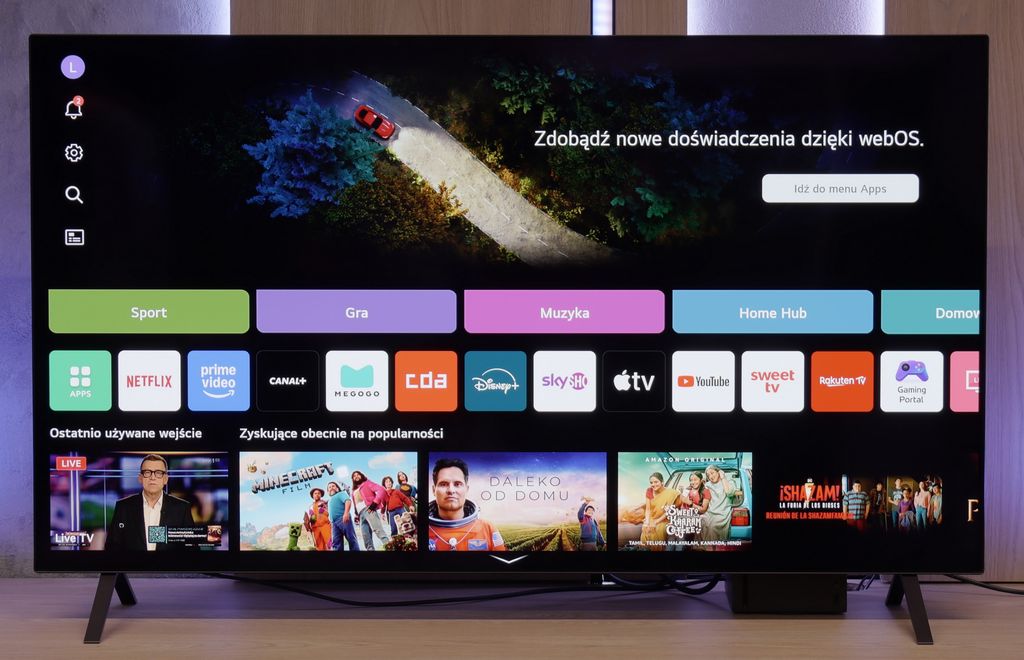
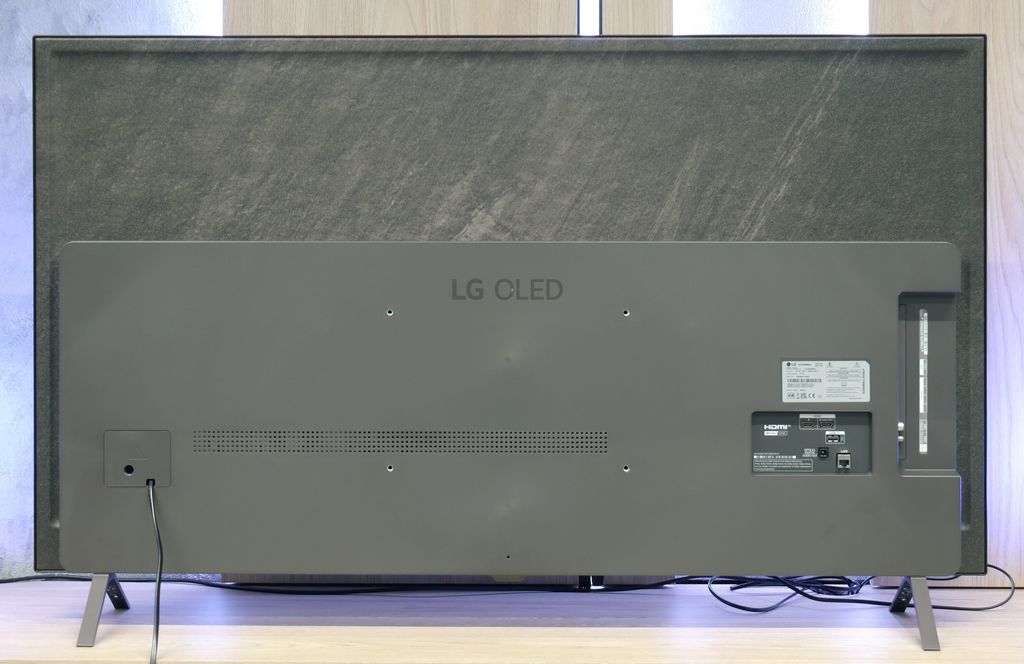

Where to buy
Contrast and black detail
7.7/10
10/10
Local dimming function: Yes, number of zones: 512 (32 x 16)
Contrast:

Result
190,000:1

Result
14,700:1

Result
45,000:1

Result
4,400:1

Result
4,800:1

Result
∞:1

Result
∞:1

Result
∞:1

Result
∞:1

Result
∞:1
Halo effect and black detail visibility:


The Sony BRAVIA 7 television with a VA panel and MiniLED backlighting technology offers excellent black levels. The tested 65-inch variant is equipped with 512 dimming zones, which allows for very good contrast, especially in demanding movie scenes. Naturally, larger TV sizes have more zones, which positively affects contrast and image depth. During testing, in scenes from the movie "Oblivion," the BRAVIA 7 managed to depict dark and bright areas excellently, ensuring decent light separation (the light effect did not merge too heavily into one large spot) from deep black. However, as is often the case with televisions that have local dimming features, certain difficulties arise with small bright light elements. In more demanding segments (e.g., scenes 4 and 5), it can be observed that the television "struggles" to maintain high brightness for these elements, which affects contrast – bright objects are either too dark (in which case contrast results are poor) or a slight halo effect appears around them. In the scene from the movie Sicario 2, the influence of the zones is visible, which causes the aforementioned effect, but it is minimal. Despite these minor imperfections, the overall impressions are positive – the local dimming algorithm works really well, ensuring that the image retains high contrast, and the quality of blacks and details is satisfying.
If you're looking for changes compared to last year's LG B4, we'll dispel any doubts right away - you won't find any in this category at all. And that's a good thing. Because how do you improve something that already borders on perfection? The LG B5, as is fitting for an organic WOLED screen, offers pitch-black scenes and contrast that's hard to find even in the most expensive LCD displays. The screen is as clear as a tear – no bleed-through, no smudges, no halo effects that can ruin the atmosphere in cinematic scenes. Everything is in its place here. Details separate from the black with surgical precision, nothing blends together, even in the most demanding sequences from movies like The Revenant or Oblivion. This is the type of TV that can enchant you especially when the room goes completely dark. When the lights go out, the LG B5 takes center stage – and it does so magnificently. In these conditions, OLED shines the brightest, and even top LCD models – despite advanced dimming and hundreds of zones – simply fall behind.
HDR effect quality
6.8/10
6.2/10
Luminance measurements in HDR:

Result
1322 nit

Result
624 nit

Result
1133 nit

Result
457 nit

Result
989 nit

Result
587 nit

Result
593 nit

Result
628 nit

Result
589 nit

Result
470 nit
Scene from the movie “Pan” (about 2800 nits)

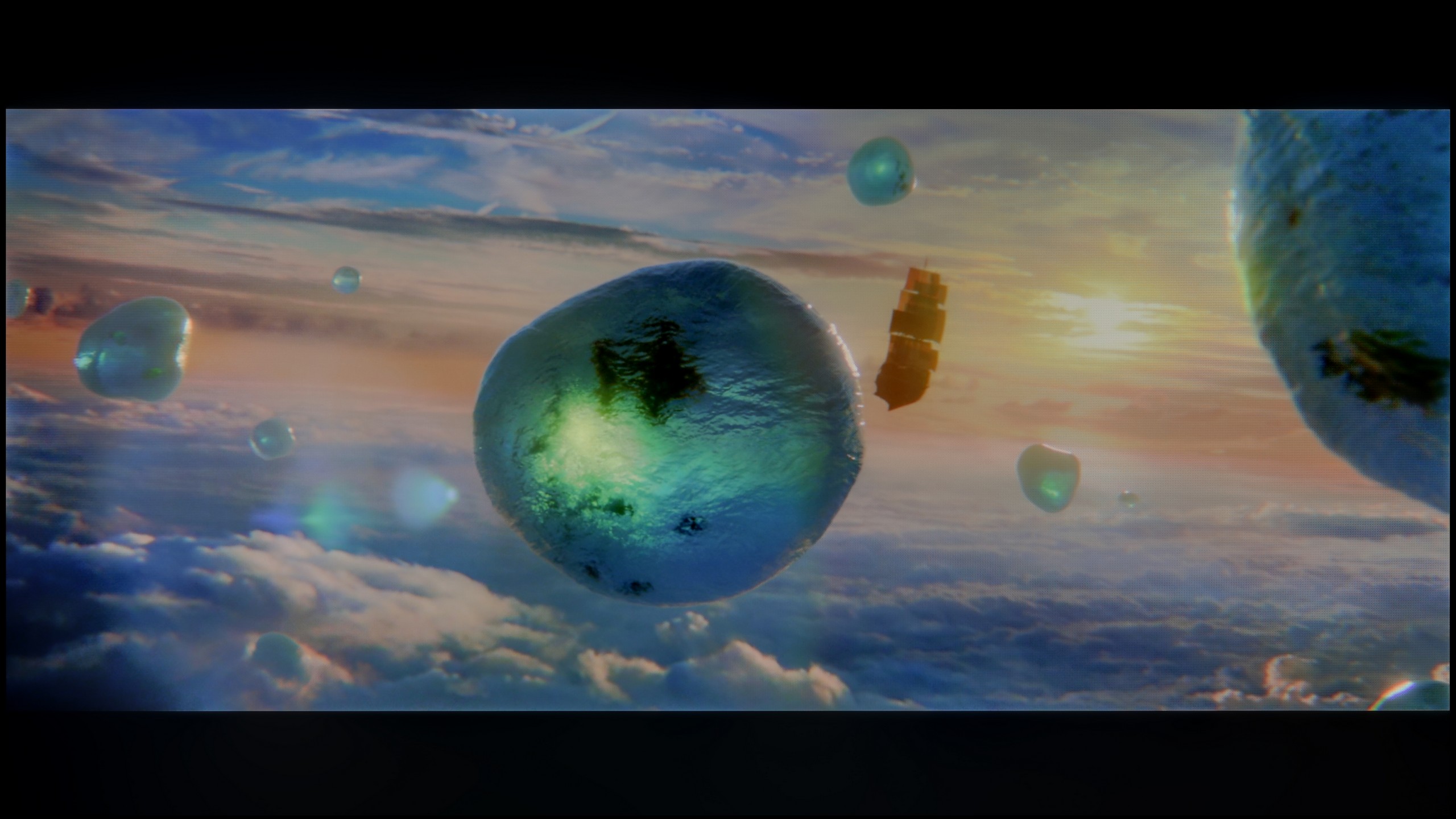
Scene from the movie “Billy Lynn” (about 1100 nits)

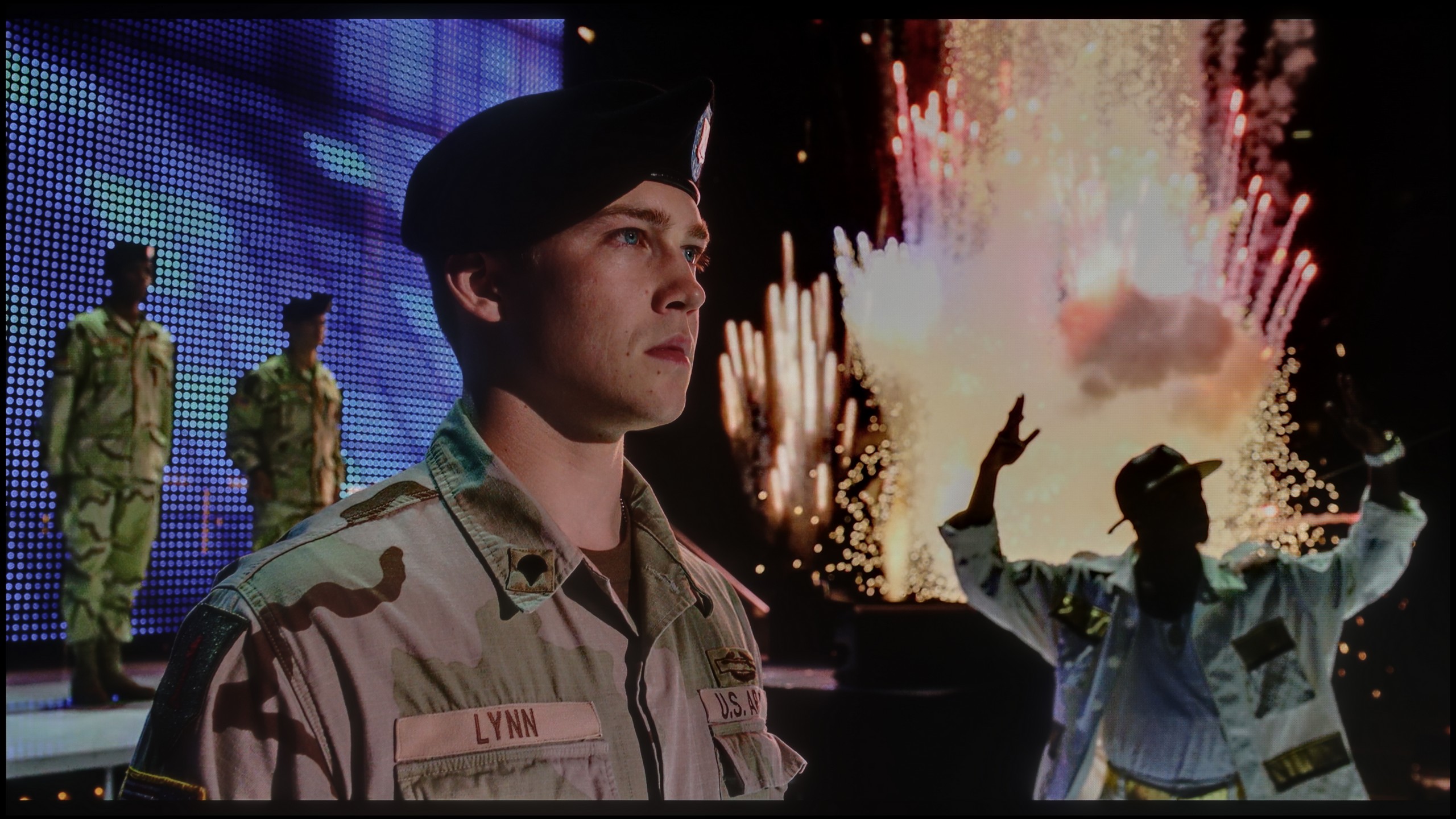
Static HDR10


Dynamic: Dolby Vision
Dynamic: Dolby Vision


HDR luminance chart:
LG OLED B5
Luminancja HDR
Luminance of RGB colors
Sony Bravia 7 (XR70)
Luminancja HDR
Luminance of RGB colors
Since we know that the television performs well with contrast, let's check how it fares in terms of HDR effects. The luminance graph shows the very high capabilities of this model – 1500 nits is truly an impressive result. HDR effects are particularly striking in scenes where most of the screen is covered in light, as seen in the 1st, 3rd, and 5th test scenes. Minor shortcomings, typical of this technology, are still noticeable with very small light effects, such as in the scene from the movie "Sicario 2," where brightness drops to 500 nits. Although these are not stunning results, they can be considered decent. Additionally, it is worth praising the television for its high coverage of a wide color gamut – DCI-P3 at 96%, which allows for vibrant, saturated colors.
LG B5 is a moderately bright OLED TV. Regardless of the scene, it can generate around 500 nits of peak brightness. And interestingly, it does this even in full-screen shots flooded with white, where most OLEDs usually fall short. So, is this screen suitable for HDR movies? Yes – absolutely, because such brightness really allows you to feel the magic of HDR effects. However, it's worth noting that compared to last year's model B4, the new B5 is darker – by about 100 nits. It may seem like a small difference, but at such average peak values, it makes quite a significant difference. Fortunately, the TV makes up for it with another advantage – excellent coverage of the DCI-P3 and BT.2020 color gamut. As a result, HDR movies look really colorful, vibrant, and impressive even in more demanding scenes.
Factory color reproduction
6.7/10
8.2/10


Factory Mode
After calibration
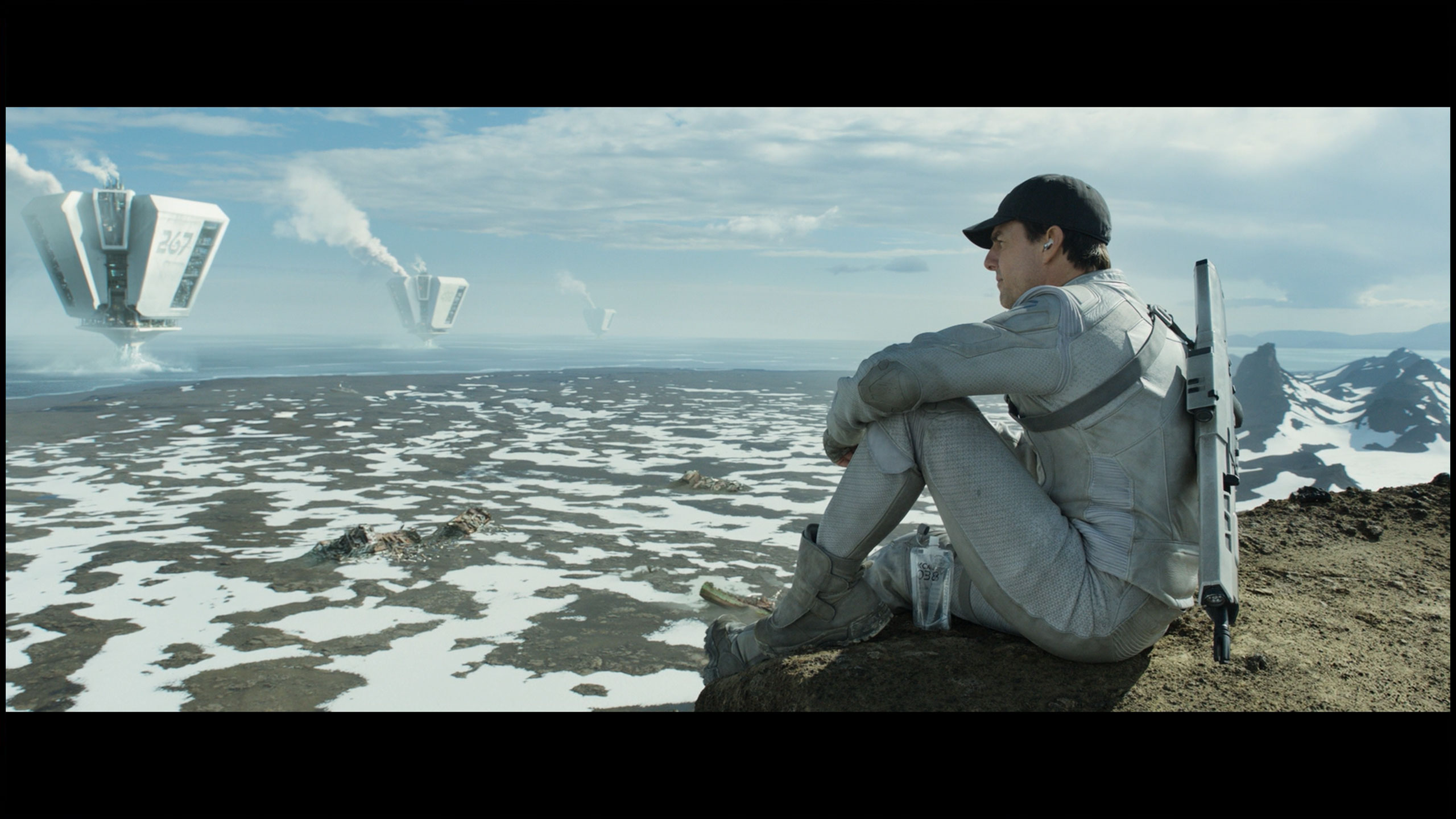

Factory Mode
After calibration
The IMAX Enhanced mode on the Sony BRAVIA 7 television is definitely the best mode available on this model, although it is not without its flaws, as its name might suggest. The biggest issue is white balance – both in HD and 4K HDR content, there is a noticeable dominance of red color, which makes the image take on pinkish shades. This is particularly evident on the tested snow screen, where the pinkish hue becomes very noticeable. Errors in the Colour Checker test also confirm these deviations – although they are not catastrophic, there is a tendency to lean towards warmer tones. As for brightness characteristics, gamma remains at a decent level with a slight bump but without major issues. However, the biggest challenge is 4K materials. It is clear that the EOTF curve is significantly above the reference chart, which causes the image to become too bright.
We tested the B5 in Filmmaker mode and... we would like to see more TVs like this straight out of the box. Really. The white balance is set very well – there is practically nothing to complain about. Well, if one were to be very picky, one might notice a slight deficiency in blue, which makes the overall picture have a slightly yellowish tint. But that’s just our editorial nitpicking. Most of you probably won't even notice it. We also have some minor reservations about brightness management in HDR format. The EOTF curve – that is, the one responsible for how the TV distributes brightness in a scene – is slightly below the ideal. In practice, it can happen that the darkest parts of the image may be displayed too dark and simply... disappear. But these are details that only come out in measurements. Overall: we are impressed. But we also know that LG TVs respond very well to professional calibration. They can produce nearly reference-quality images, so – even though it's already very good out of the box – we allowed ourselves to take an extra step and fine-tune everything to perfection.
Color reproduction after calibration
9.1/10
9.1/10

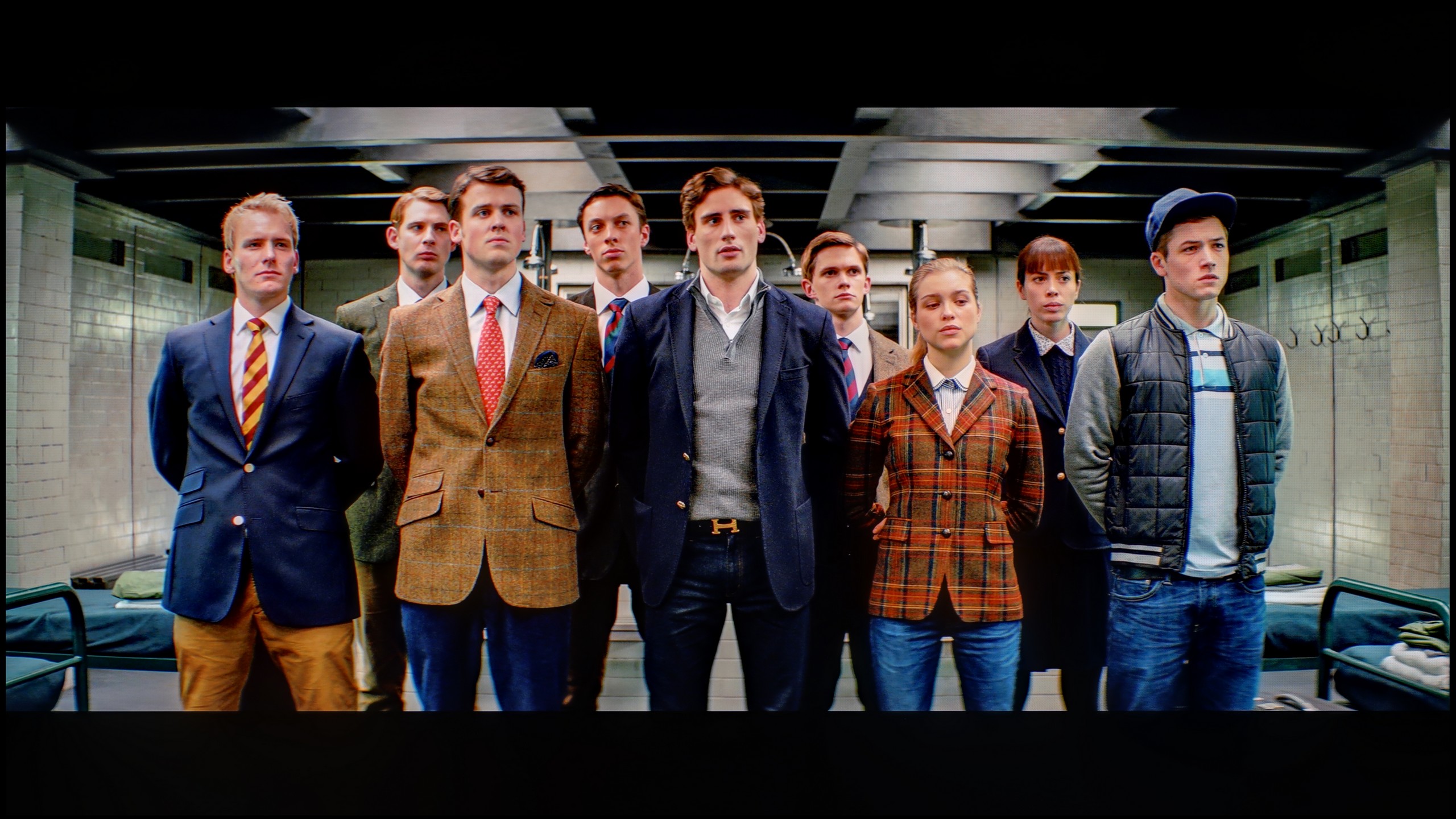

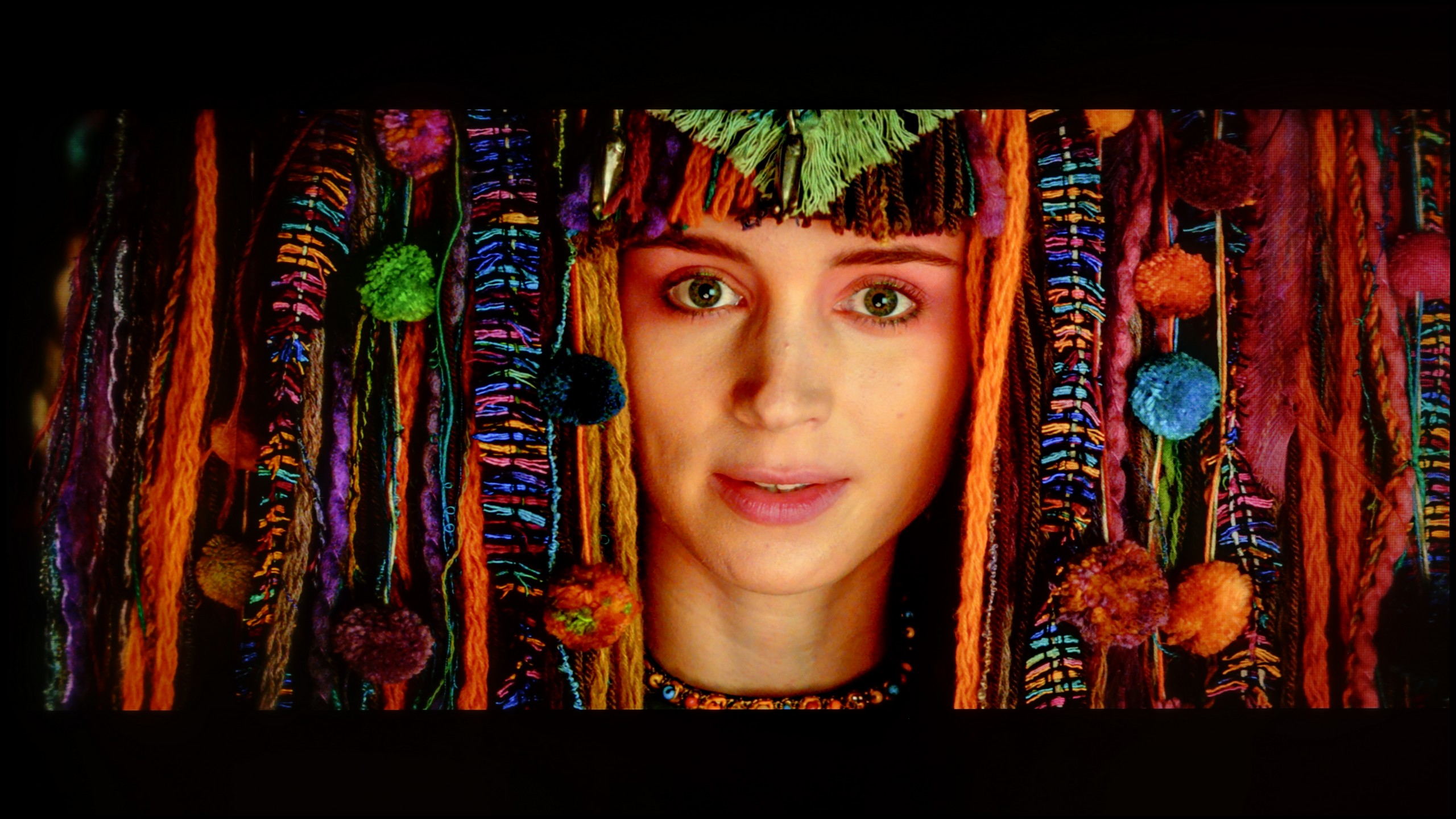
Sony BRAVIA XR70 offers a wide range of tools that allow for customizing the picture to personal preferences, which has enabled us to make significant adjustments to the settings. The white balance has been free of the issue of red hue dominance – snow no longer ends up with pink shades, which was previously noticeable. Although one can detect minor deviations at the end of the white balance chart concerning a drop in blue color, they are acceptable and hard to notice in everyday use. The Colour Checker test confirms that color reproduction errors are no longer as pronounced and rarely exceed a value of 2, which is a very good result. As for brightness, gamma, while not requiring significant improvement, has been slightly adjusted. However, the most notable change has been observed in the EOTF curve – the television no longer has issues with overly brightening the entire image in 4K content. However, upon closer analysis and enabling EOTF characteristics in films, certain limitations of the television arise due to the previously discussed dimming algorithm. Some small elements may be slightly more illuminated, but these errors are so minor that most users will not notice them. Overall, the calibration results are very, very positive.
We must admit that we didn't have much work with the LG B5. It's one of those TVs that looks good right from the start, but after calibration… it can really impress. The white balance was brought to almost perfect levels – to a degree of error invisible to the human eye, unless you are a professional colorist with a magnifying glass at the screen. We also managed to control the TV's slight tendency to dim the darkest details, especially in HDR scenes. After proper tuning, everything looks coherent: the black is still deep, but not information-hungry. The highlights retain a natural sparkle, and the colors align with the director's vision. It's really one of those models that show you don't have to spend a fortune to get almost reference-quality image. If you can decide on professional calibration – it's definitely worth it for the B5.
Smoothness of tonal transitions
9/10
7.2/10



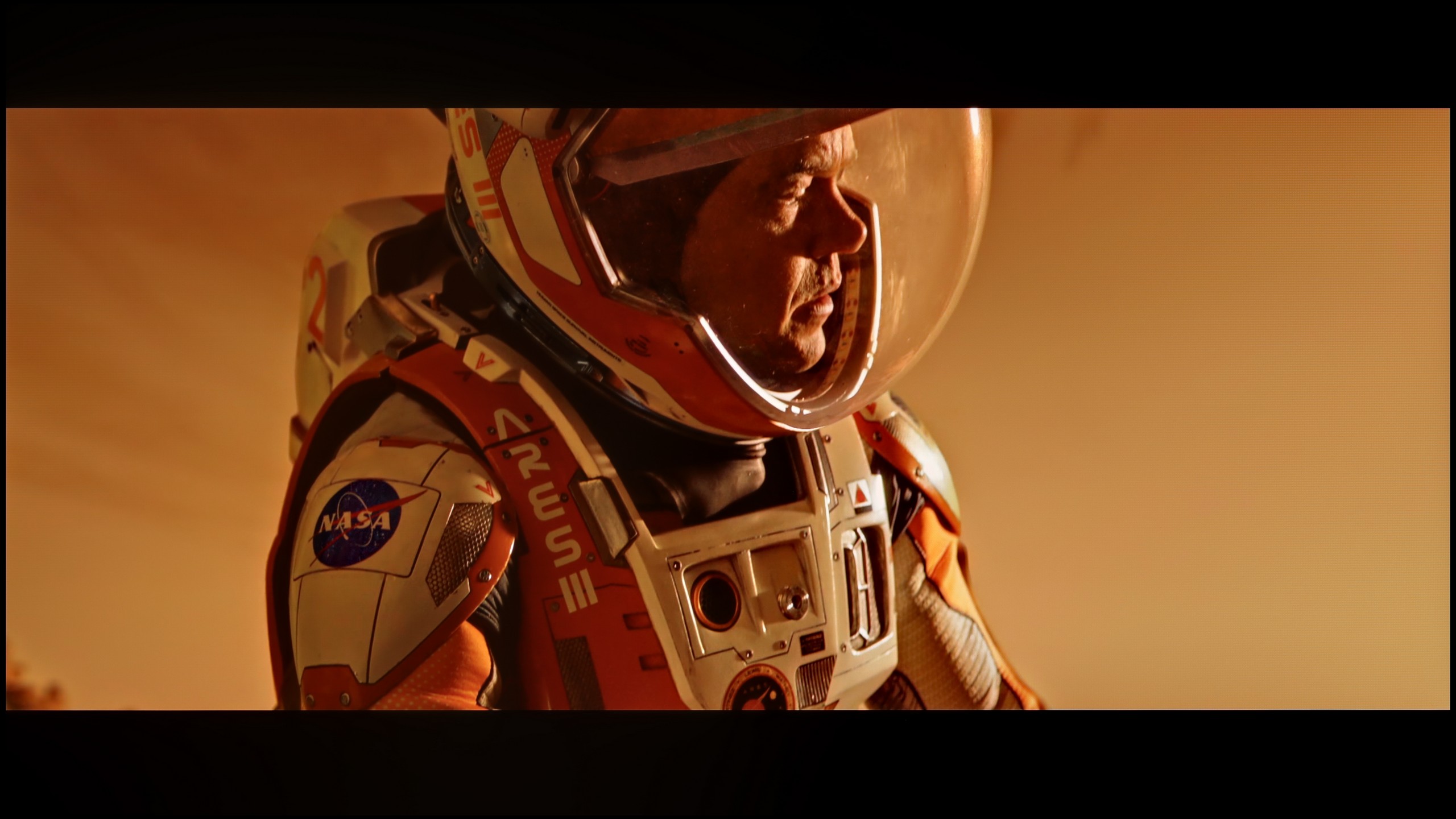

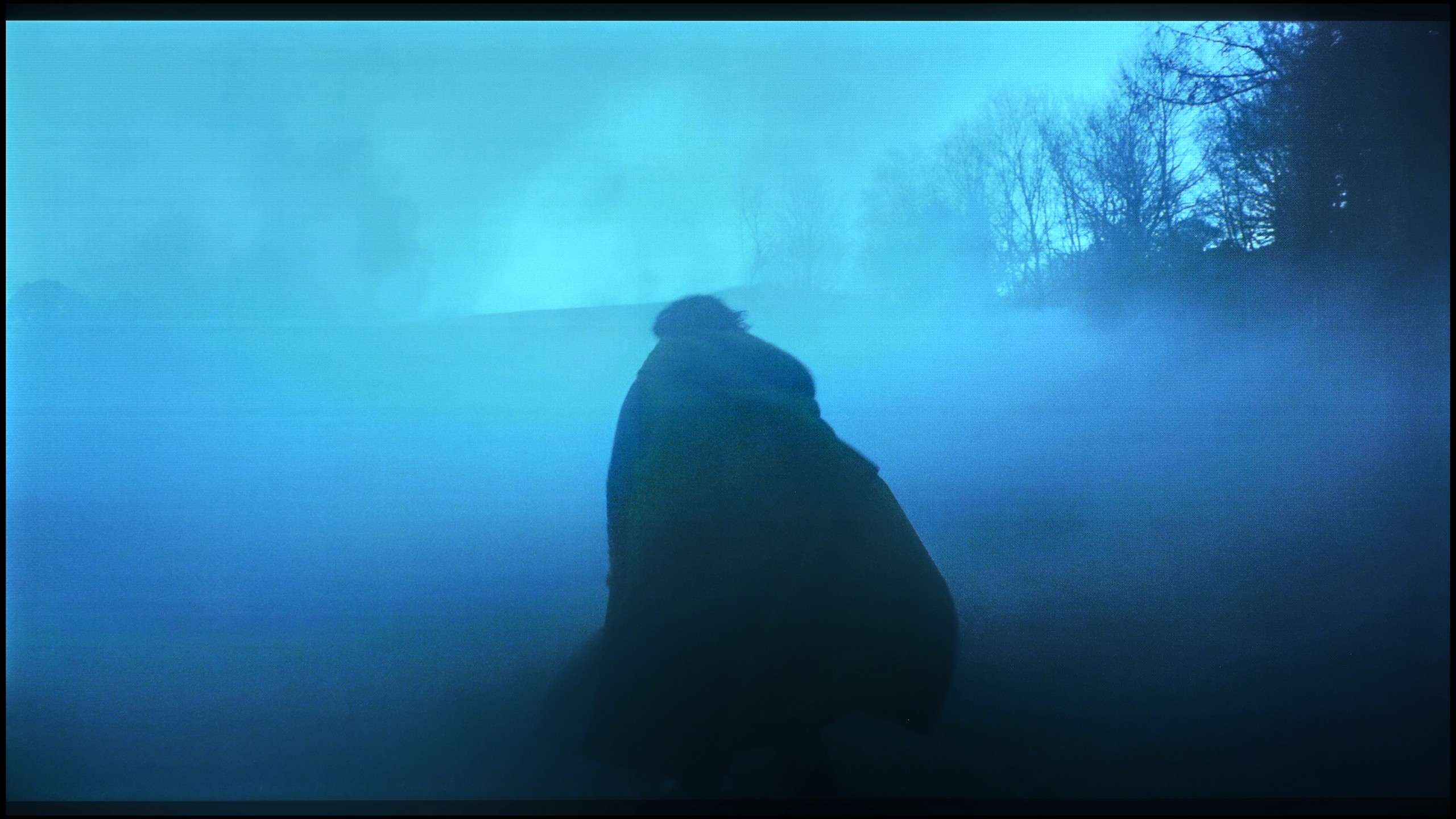

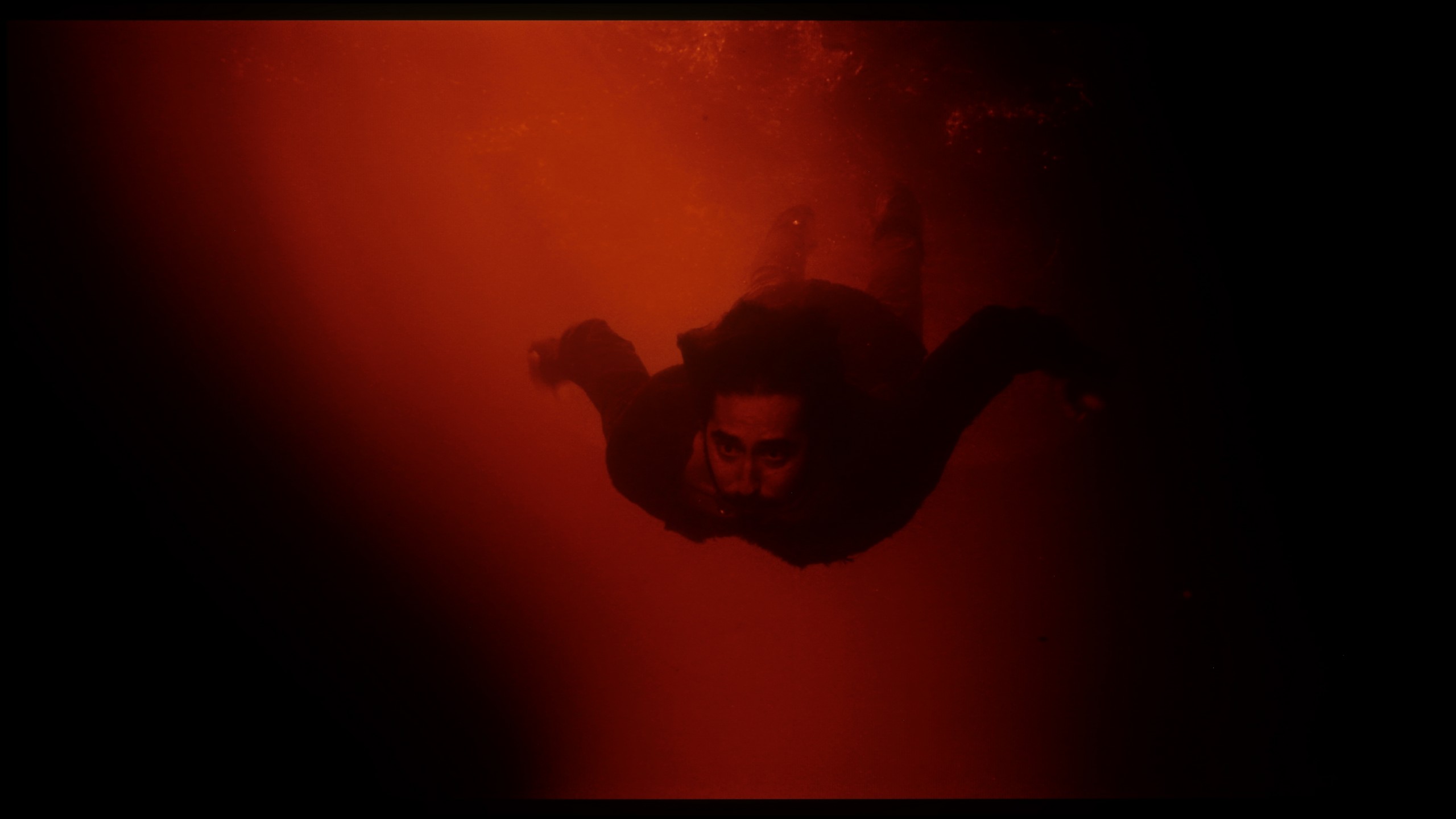




The Sony XR70 TV handles gradation excellently. In the test sequence, only a few scenes show slight issues with tonal transitions in dark areas, however, most of these problems disappear when the gentle gradation option is turned on. Overall, the TV offers great gradation that will satisfy even the most demanding users.
LG B5 handles color gradation quite decently. In bright scenes, where we have smooth transitions between skin tones, the sky, or backgrounds, the television merges colors seamlessly and without issues. At first glance – it's good, especially considering the price. But it's enough to reach for more challenging material – those darker, more demanding scenes with a lot of subtle transitions – and the problems begin. Minor artifacts, false contours, slight bumps appear. It's still not a level that stands out or distracts from the plot, but the difference compared to more expensive WOLED models – and even more so QD-OLED screens – becomes noticeable.
Image scaling and smoothness of tonal transitions
8.5/10
7.5/10
Smooth transition function

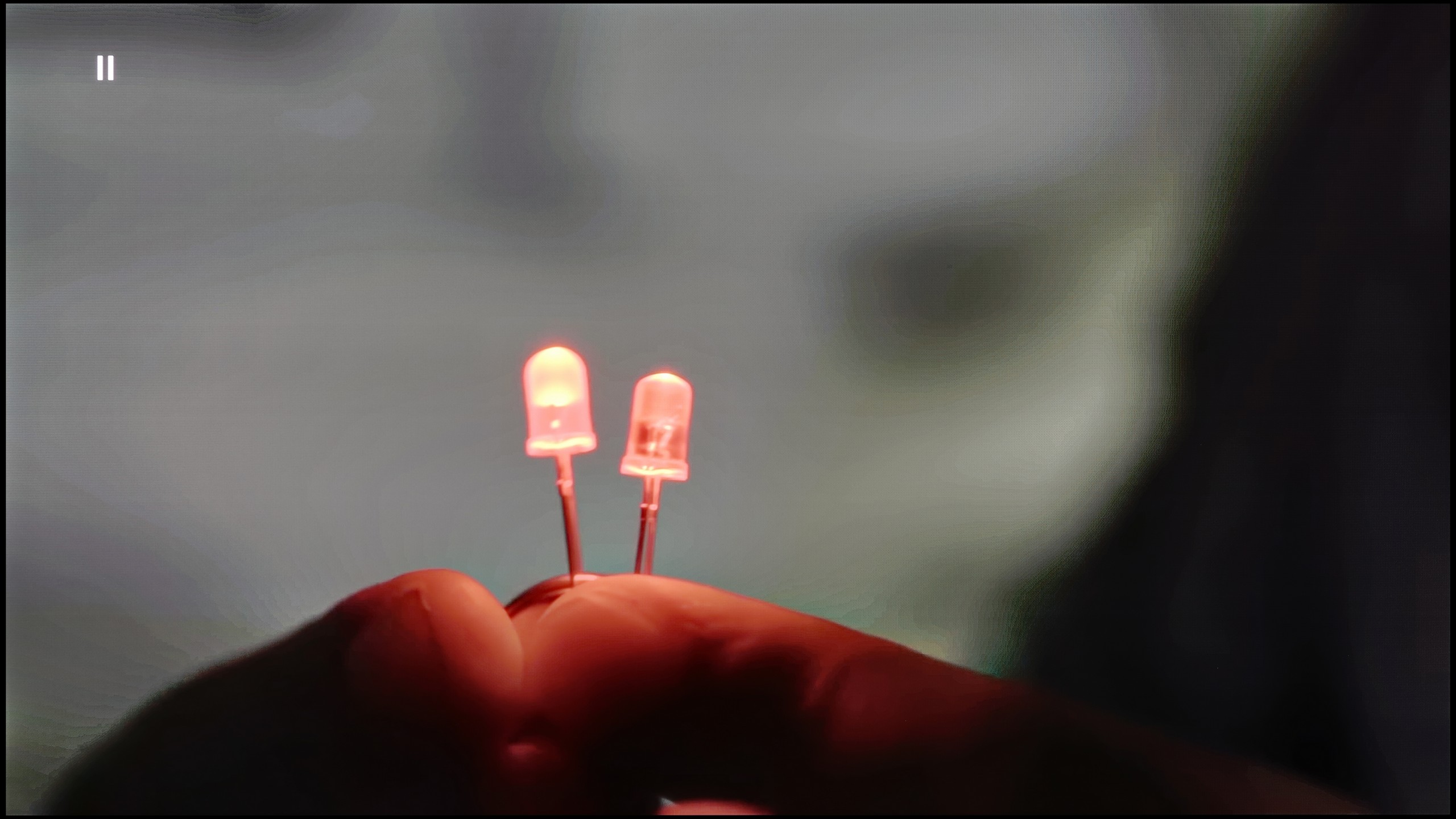
Image without overscan on the SD signal

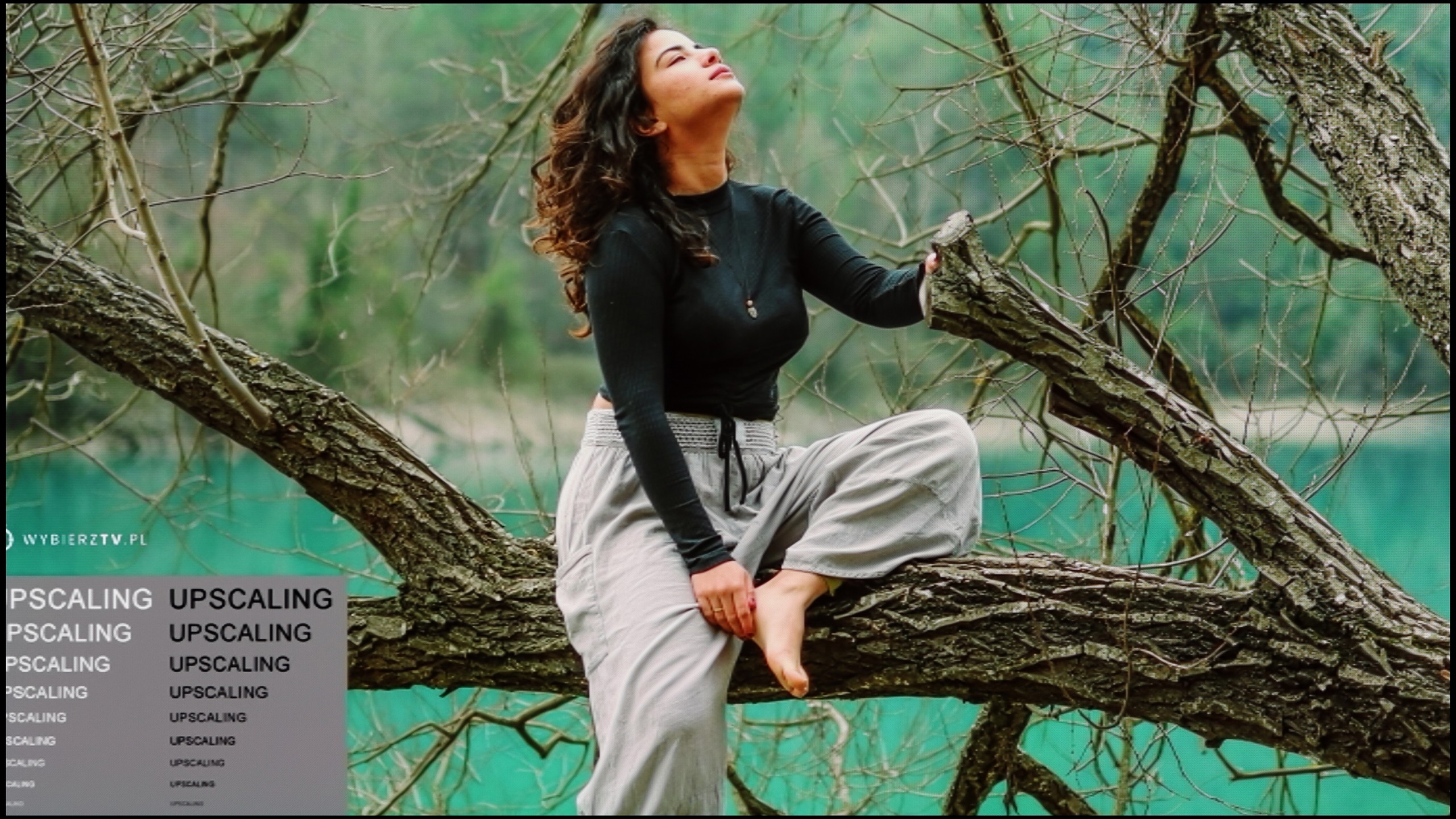
Since we know that the television performs very well with high-quality materials, it is worth checking how it fares with lower-quality content. Here the television shows its potential, and the applied graphics processor works really well. On the test board with the light bulb, there are no visible issues with color transitions, and the smooth gradation function works very well – we recommend setting it to "Medium".
When it comes to digital processing, or so-called upscaling, the television sharpens the image quite a bit, which leads to slight aliasing, for example on branches in the background, but it does not remove desired details. Nonetheless, the overall appearance is truly attractive and may appeal to most users. However, if we prefer a softer, more plastic image, this effect can be reduced in the settings by adjusting the sharpening level to our personal preferences.
LG B5 really surprised us positively in terms of dealing with lower quality content. Thanks to the enhancement and smoothing features, HD or even SD materials get a new life. Importantly – when this option is turned on at the "low" or "medium" level, we don't get the impression that the image is artificially softened or overly smoothed. Details remain intact, film grain does not disappear, and object edges do not look washed out 😉. It's a really useful tool – especially if you watch terrestrial TV, archival materials, or content from YouTube in lower resolutions. The image is clean, cohesive, and simply pleasant to the eye.
Upscaling as such works very well – even content of poor quality is rendered with surprising fidelity. Unfortunately, there was a small hiccup. While the menu offers an option to turn off overscan, the television still struggles to display very low-resolution images correctly. It’s a minor detail, but when watching older materials – it can be annoying.
Blur and motion smoothness
8.3/10
8.5/10

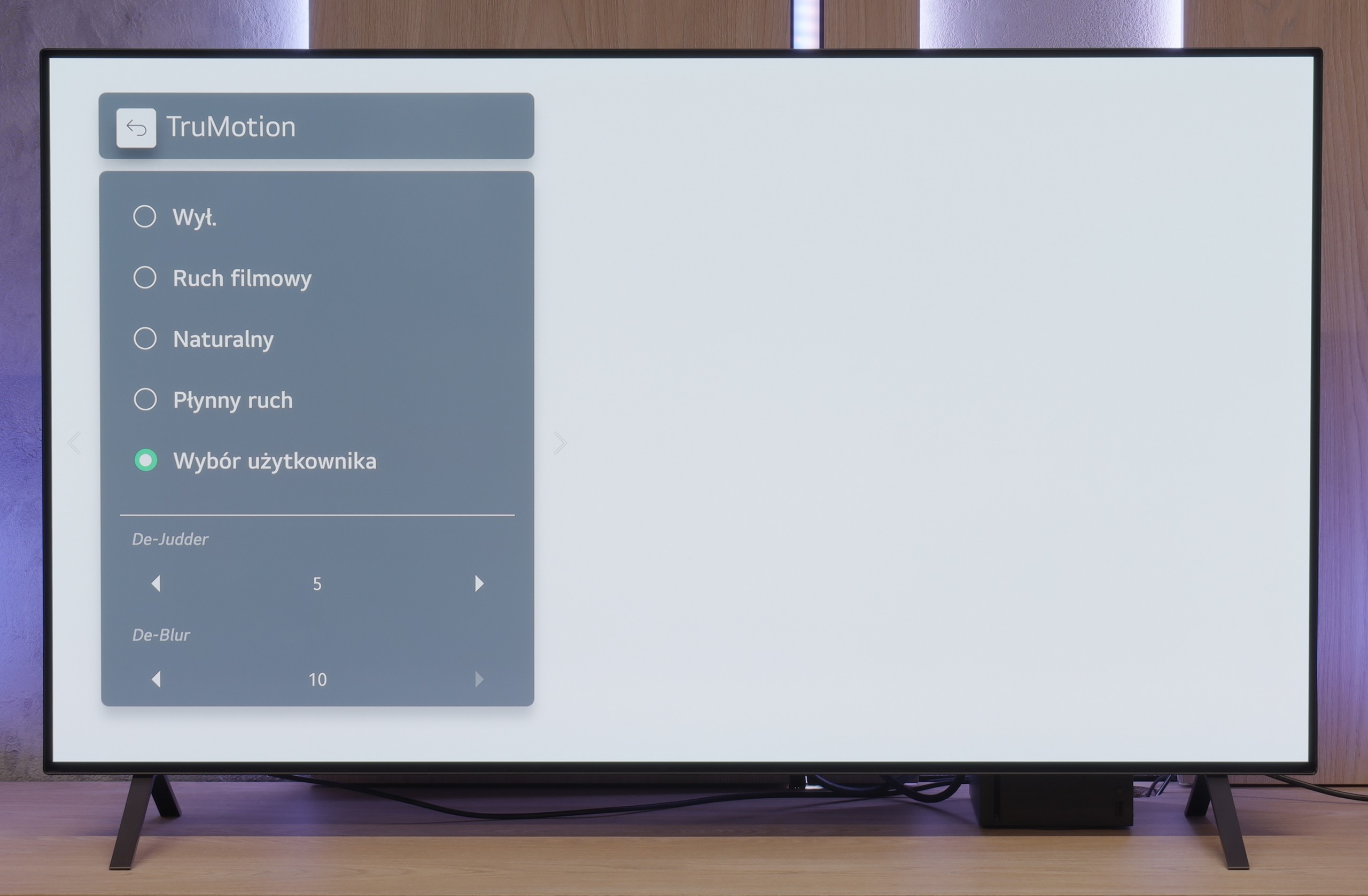
Blur (native resolution, maximum refresh rate):



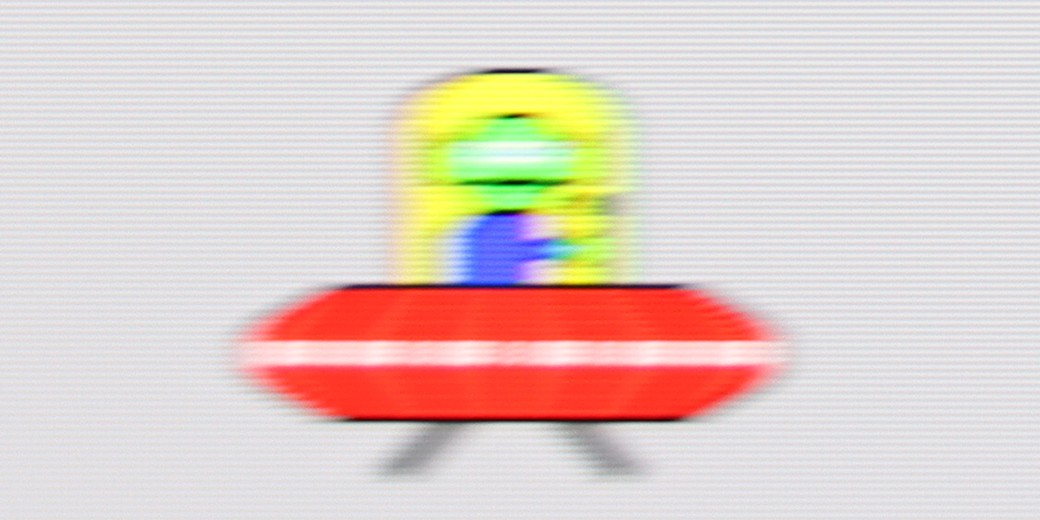
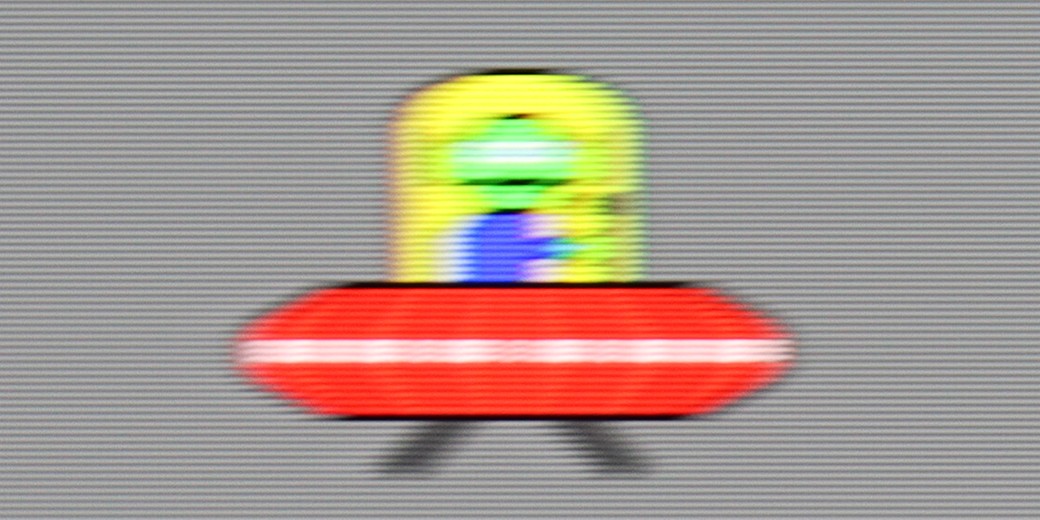
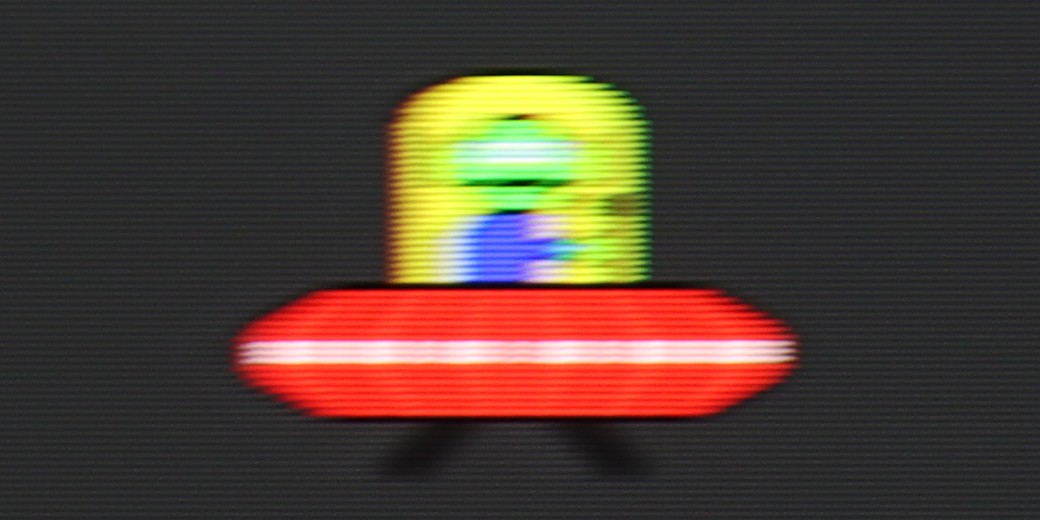
Blur (BFI function enabled):



The Sony BRAVIA 7 television with a 120 Hz panel will satisfy most users in terms of motion smoothness. Additionally, Sony offers the Motion Flow feature, which allows for the selection of three different picture settings, adjusting them to personal preferences: Smoothness – Film: This setting improves motion smoothness, giving the image a more cinematic or theatrical character. Smoothness – Camera: This setting provides even greater smoothness, useful when watching dynamic scenes such as sports broadcasts. Clarity: This setting focuses on minimizing noise and motion artifacts, resulting in a more stable and clear image.
The LG B5 is a television with a 120 Hz OLED panel. It may not sound as impressive as the marketing terms "144 Hz" or "165 Hz" found in gaming monitors, but honestly? The smoothness is still excellent. The picture is sharp, smooth, and simply enjoyable to watch – even when there’s a lot happening on the screen. The organic panel does its job – the pixel response time is nearly instantaneous, which means there’s no blurring or smearing that can ruin dynamic shots. Sports, fast-paced games – everything looks clear and distinct.
We also have LG's classic motion smoother, TruMotion. This feature allows you to smooth out films shot at 24 frames per second – in other words, most of what you watch on Netflix or on Blu-ray discs. If you set the “De-Judder” slider to lower values, you'll get an image closer to the cinematic experience – with a slight judder, but without artificiality. Higher settings? Soap opera effect guaranteed. Fortunately, LG gives you the choice, and you can tune everything as you like.
Console compatibility and gaming features
8.1/10
10/10
- ALLM
- VRR
- VRR range48 - 120Hz40 - 120Hz
- Dolby Vision Game Mode
- Correct implementation of HGIG
- 1080p@120Hz
- 1440p@120Hz
- 4K@120Hz
- Game bar

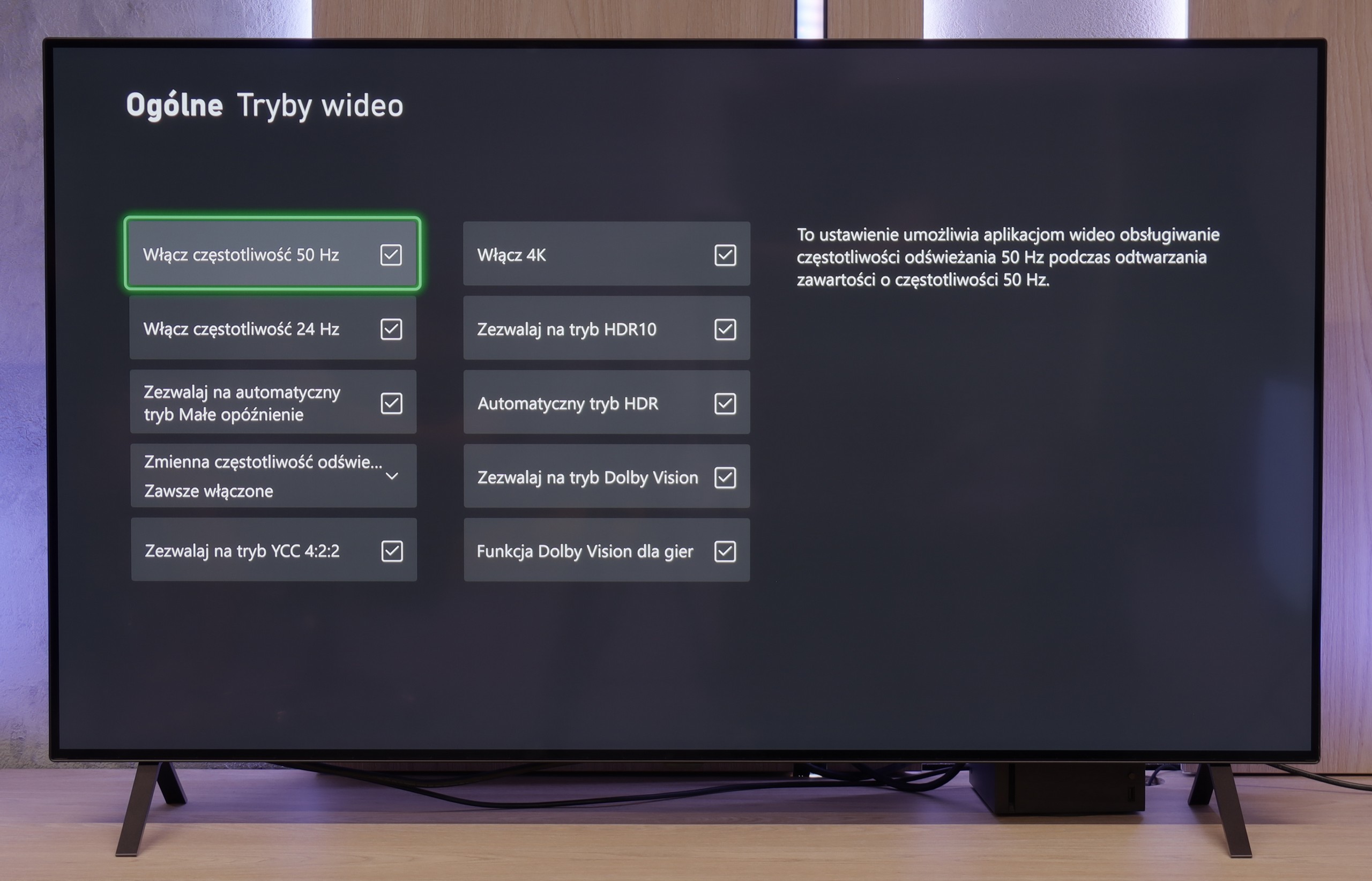

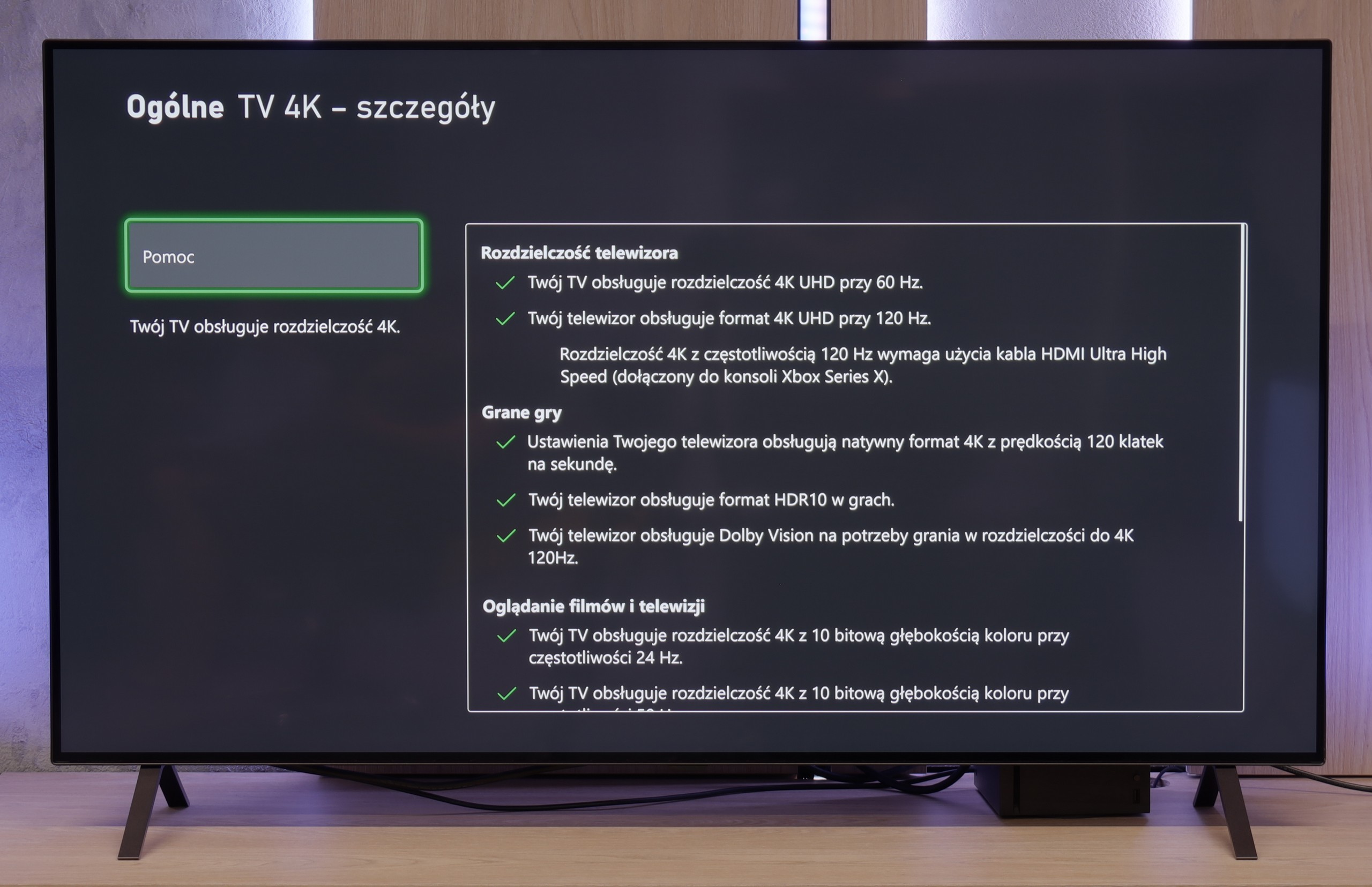

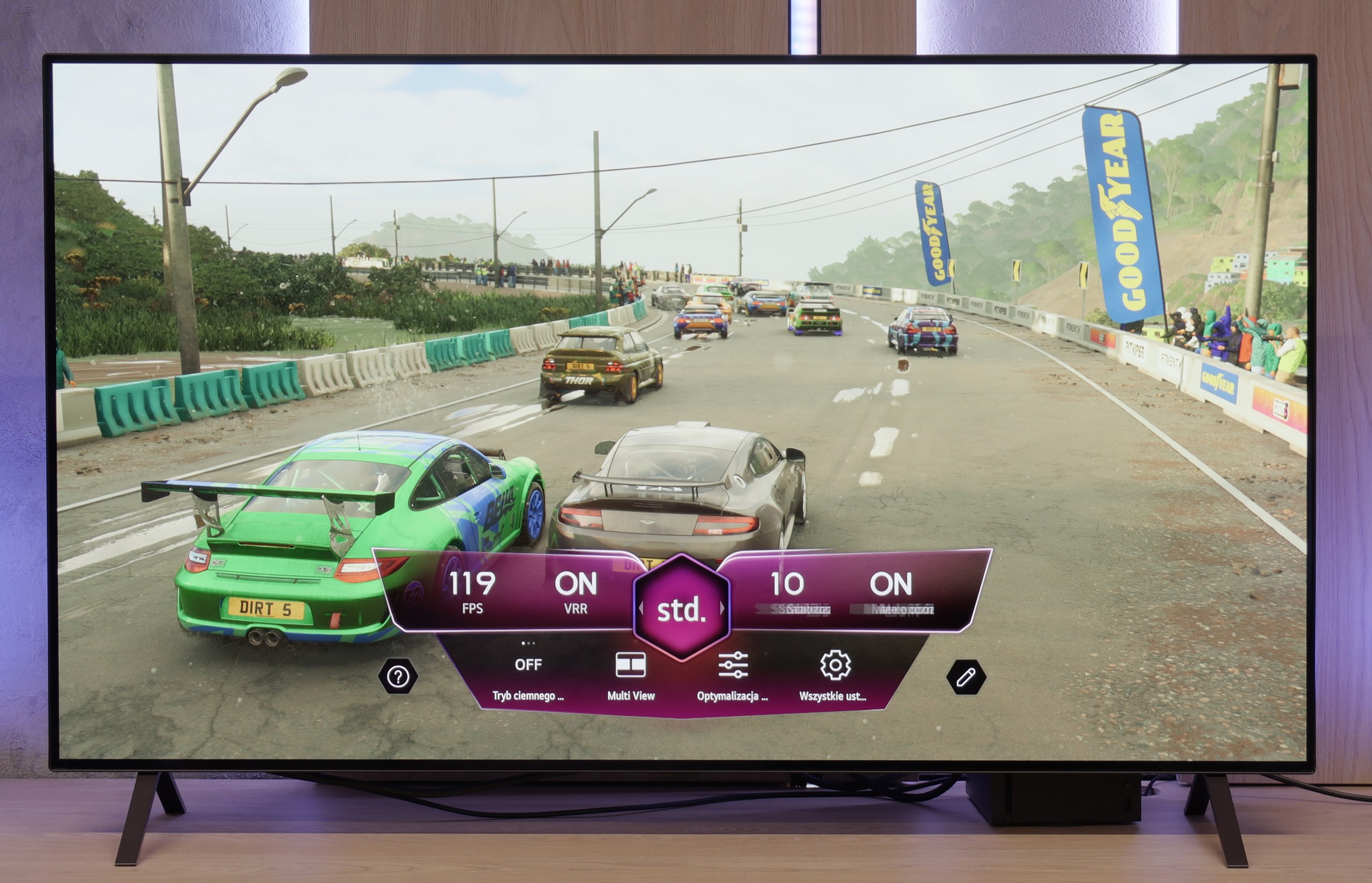

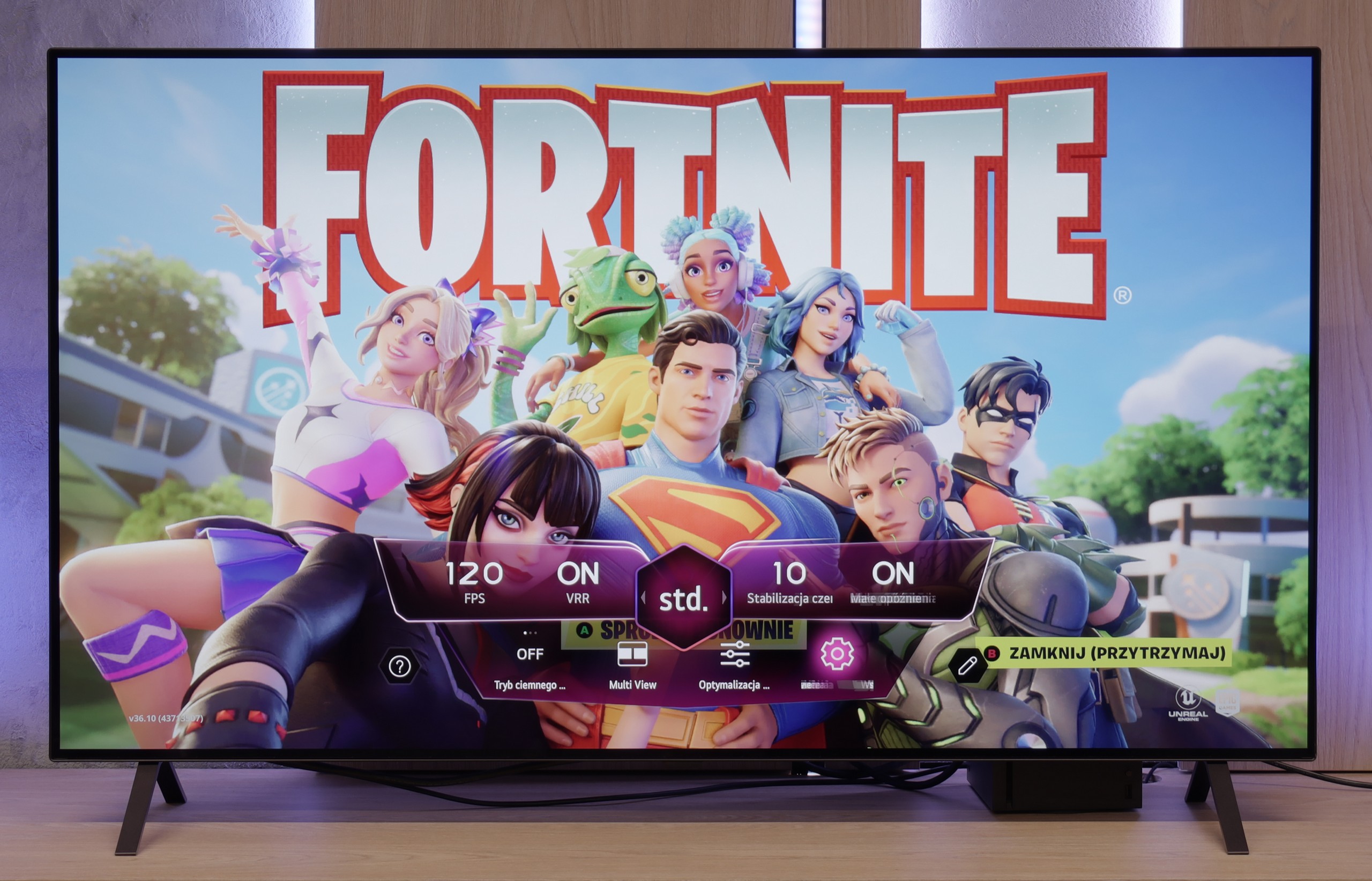
Sony Bravia 7 has significantly improved its capabilities for cooperation with consoles compared to previous models. The TV supports variable refresh rate (VRR), which eliminates screen tearing, and it is compatible with graphics cards, ensuring smooth display. The auto low latency mode (ALLM) effectively reduces input lag, which is crucial in fast-paced games. Dolby Vision with low latency additionally provides impressive HDR effects that look great during gameplay.
Sony Bravia 7 also offers a Game Bar feature that provides quick access to settings and allows monitoring of parameters during gameplay. An interesting option is the ability to enable a virtual crosshair on the screen, which can give a slight advantage in shooting games. However, compared to the Bravia 9 model, the HGIG feature in the Bravia 7 does not perform as well, which may be noticeable for more demanding gamers – especially since the HGIG mode is becoming more popular in the gaming world as the preferred method for reproducing HDR effects.
A downside is the lack of support for 1440p@120 Hz resolution, which could make gaming easier for users with less powerful graphics cards. Additionally, the Sony Bravia 7 is equipped with two HDMI 2.1 ports, one of which is often used to connect an audio system via eARC, limiting the number of available ports for connecting next-generation consoles.
There are already a few televisions on the market with the label "for gamers" that don’t really understand what that means. The LG B5 is not one of them. Everything here is right – there are four HDMI 2.1 ports, it has 120 Hz, VRR and ALLM, and it also has a Game Bar that is actually useful, not just looks good in the promotional folder. You connect your console – it works. You set 4K at 120 Hz – it works. You have an Xbox and want to play in Dolby Vision – it works too. And not in the sense of "it theoretically supports it," but rather it really turns on, looks good, and you don’t have to fiddle with the settings for half an hour. On top of that, there’s the HGiG picture mode, which LG has implemented correctly – meaning that HDR in games doesn’t turn the screen into a flashlight but shows exactly what it should. There are no surprises here, no strange limitations, no "buts." And you know what? That’s how it should be. Kudos to the LG B5!
Input lag
9.7/10
9.9/10
SDR
HDR
Dolby Vision
Sony BRAVIA 7 provides remarkable results in terms of input lag, particularly with 120 Hz materials, where the delay is around 11 ms – this is an excellent result that will satisfy even the most demanding players. The Dolby Vision mode also deserves recognition, which is typically associated with higher input lag, but here it works really well, providing a comfortable gaming experience. However, we deducted 0.3 points for results with values above 20 ms for 60 Hz content, although we believe that for most users, this difference remains more of a placebo effect.
Here, we won't elaborate – the LG B5 simply has fantastic input lag. For 60 Hz content, it scores below 10 ms, and for 120 Hz, it even drops to around 5 ms. These are values that you can't honestly complain about. It just works instantly, without delays, without surprises. Well… almost. Because as usual, there's a small asterisk with the Dolby Vision Gaming mode. In this mode, the response time slightly increases. It's nothing dramatic – these are still very low values, rather imperceptible while gaming – but if you're playing exclusively tournament titles and fighting for every millisecond on the XBOX, it's worth keeping in mind.
Compatibility with PC
7.6/10
7.6/10

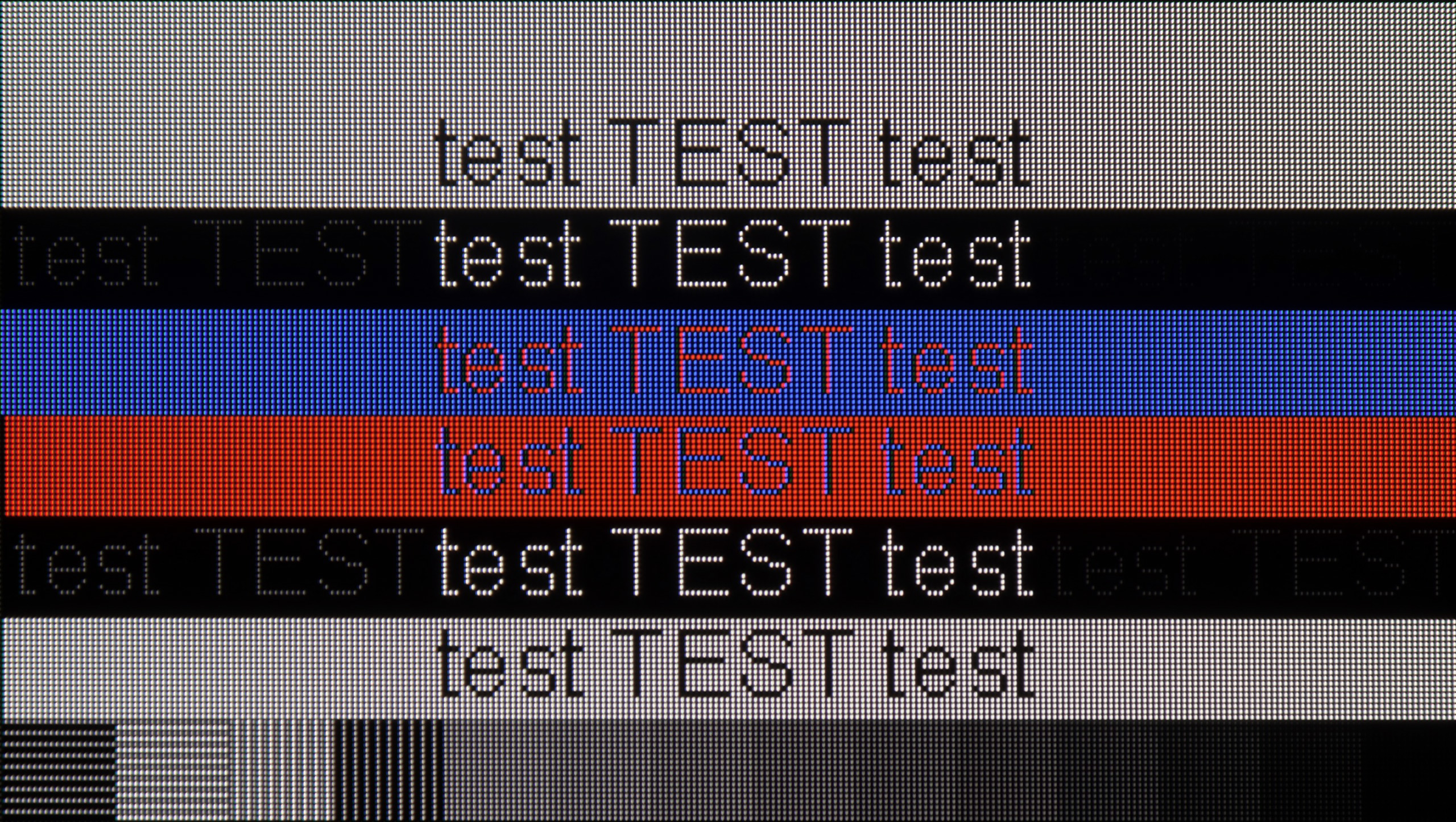
LG B5 is a TV that works great with a computer. You won't find gaming features like 144 or 165 Hz here, but is that really necessary for anyone? With a 120 Hz panel, low input lag, and G-Sync support, it’s truly a very good screen for gaming on PC. No stuttering, no tearing, with lightning-fast response.
But it’s not just for gaming. You can also quite comfortably... simply work on the B5. The TV correctly supports chroma 4:4:4, so fonts are readable, interfaces are clear, and your eyes won’t hurt from blurred letters. This is not obvious, even among more expensive models. However, there is one “but” – and this applies not only to the B5 but to every OLED with a WOLED panel. The RWGB subpixel layout can cause a slight shadow at the edges of fonts. This is not something that stands out from the couch. It’s more likely to be noticed by someone sitting with their nose to the screen and spending half the day in Excel.
Viewing angles
3.4/10
7.4/10
The Sony BRAVIA 7 TV has poor viewing angles, which is typical for VA panels. The picture quickly loses quality when viewed at a larger angle – colors fade, and contrast decreases. Considering the price of the device, it's a pity that a coating wasn't used to expand the viewing angles, which would certainly improve the viewing comfort from different places in the room.
In terms of viewing angles, the LG B5 performs very well – exactly as one would expect from a WOLED panel. No matter from which side you sit, the image retains its quality. The colors do not fade, the contrast does not drop significantly, and the details remain clearly visible. However, it must be honestly added that this is not the level of Samsung Display's QD-OLEDs. They manage to hold color saturation even better at extreme angles. But if you do not plan to watch movies sitting at a 90-degree angle – the B5 is more than sufficient. It’s one of those TVs that simply looks good from every side.
TV efficiency during daytime
8.4/10
4.9/10

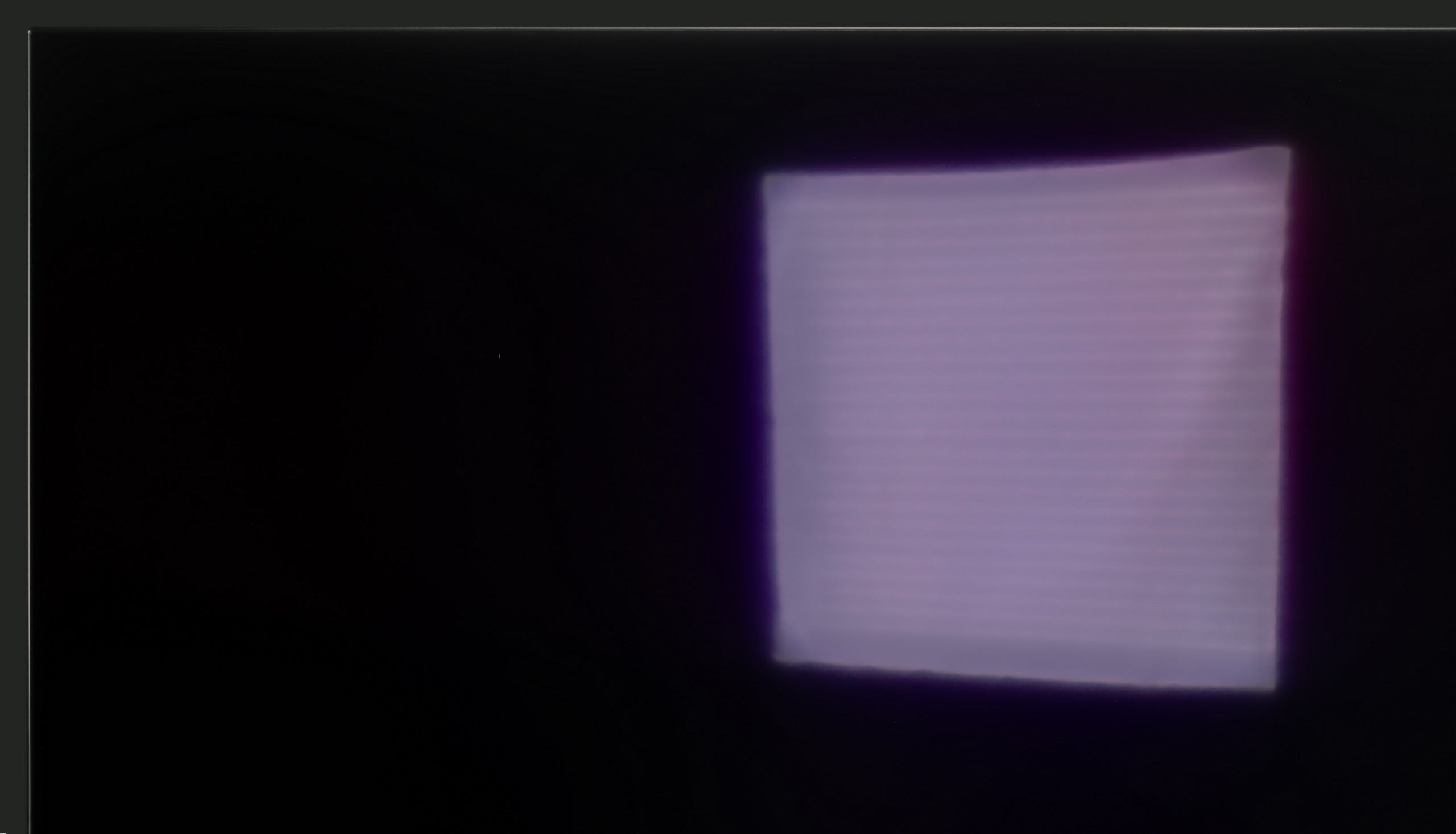

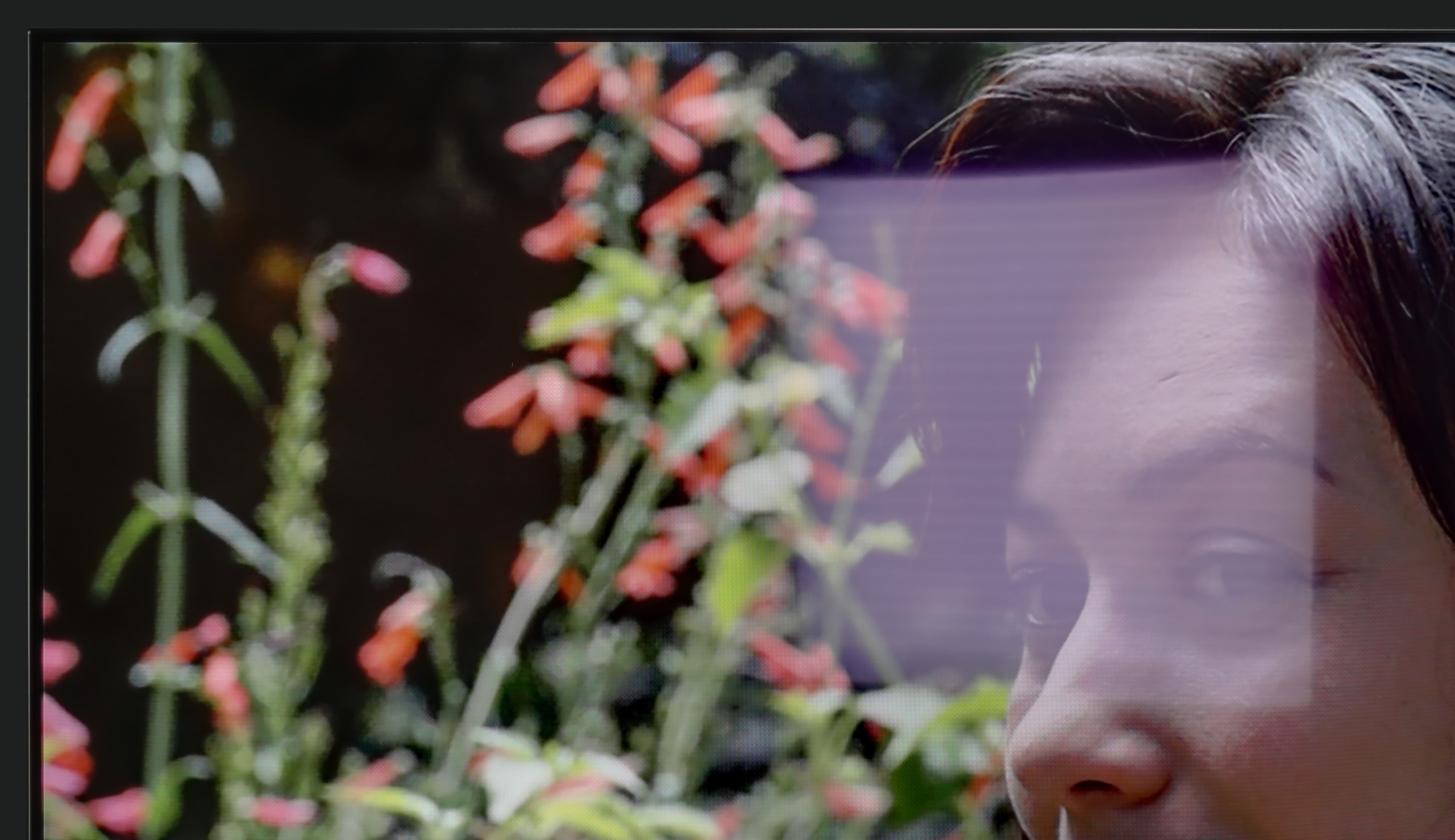
Matrix brightness
Average luminance SDR
LG OLED B5: 279 cd/m2
Sony Bravia 7 (XR70): 1014 cd/m2
BRAVIA 7 performs excellently when viewed in bright surroundings. The satin finish effectively suppresses reflections, while simultaneously minimal blurring of elements to the sides, resulting in very good visibility during the day. A brightness level of 1000 cd/m² in SDR mode is astonishing and ensures that the image remains clear even in well-lit rooms.
LG B5 is a television that performs best after dark. But when sunlight comes in, it becomes a challenge. The brightness of this model is rather average, and the anti-glare layer... is also average. There are no special coatings that deal with reflections or very bright daylight. So if you plan to place this television opposite a large, uncovered window – it might just be hard to see anything.
Fortunately, there is something worth praising: the glossy WOLED panel maintains color saturation well. Even in difficult conditions, the image doesn’t fade or become "washed out," as can happen with some television models. Generally, it is watchable, but if you are looking for a television specifically "for a bright living room," then the B5 shouldn't be your first choice.
Details about the matrix
Subpixel Structure:

Panel uniformity:

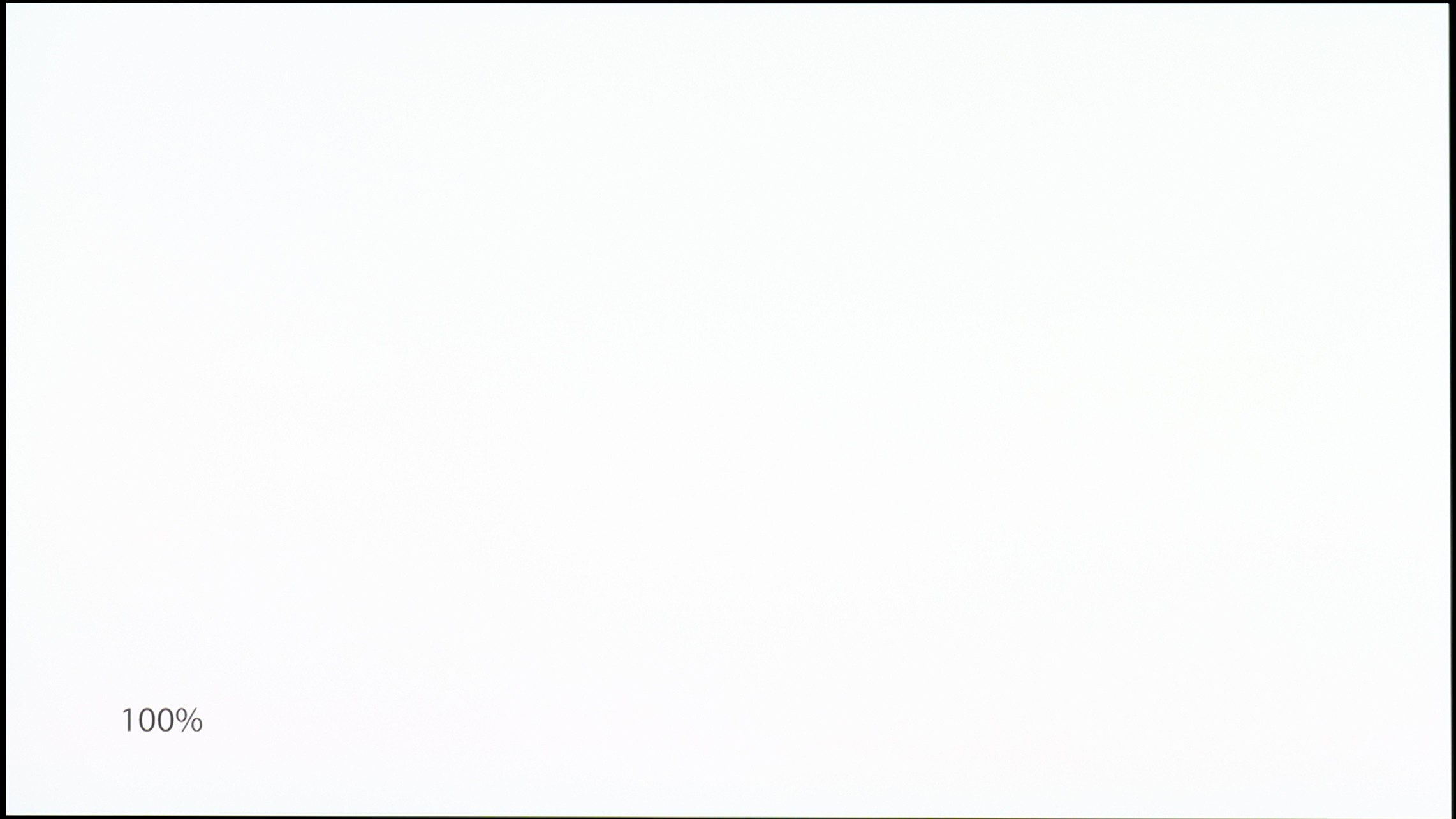
TV features
9.5/10
8.3/10
- HDMI inputs2 x HDMI 2.0, 2 x HDMI 2.1 48Gbps0 x HDMI 2.0, 4 x HDMI 2.1 48Gbps
- OutputsToslink (Optical audio), eARC (HDMI), ARC (HDMI)Toslink (Optical audio), eARC (HDMI), ARC (HDMI)
- Network InterfacesWi-Fi 2.4GHz, Wi-Fi 5GHz, Ethernet (LAN) 100MbpsWi-Fi 2.4GHz, Wi-Fi 5GHz, Ethernet (LAN) 100Mbps
- TV receptionDVB-T, DVB-T2, DVB-S, DVB-S2, DVB-CDVB-T, DVB-T2, DVB-S, DVB-S2, DVB-C
Classic features:
- Recording to USB (terrestrial TV)
- Recording programming
- Picture in Picture (PiP)
- RF remote control (no need to aim at the screen)
- Backlit remote control
- Teletext
- Audio only mode
- Possibility to connect Bluetooth headphones to the TV
- Possibility to simultaneously use Bluetooth headphones and the TV speaker
Smart features:
- AirPlay
- Screen mirroring (Windows Miracast)
- Wyszukiwanie głosowe
- Voice search in native language
- Ability to connect a keyboard and mouse


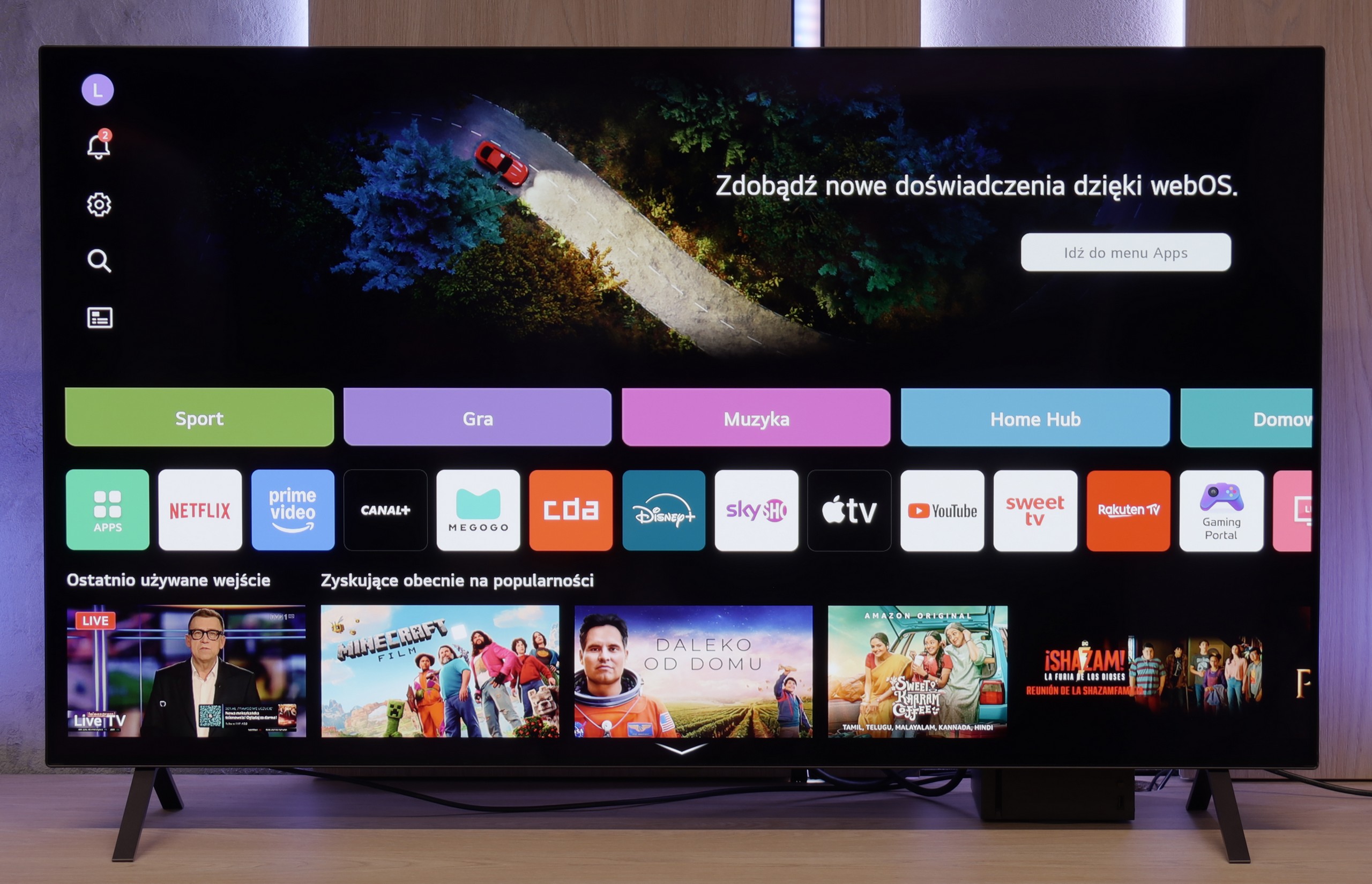
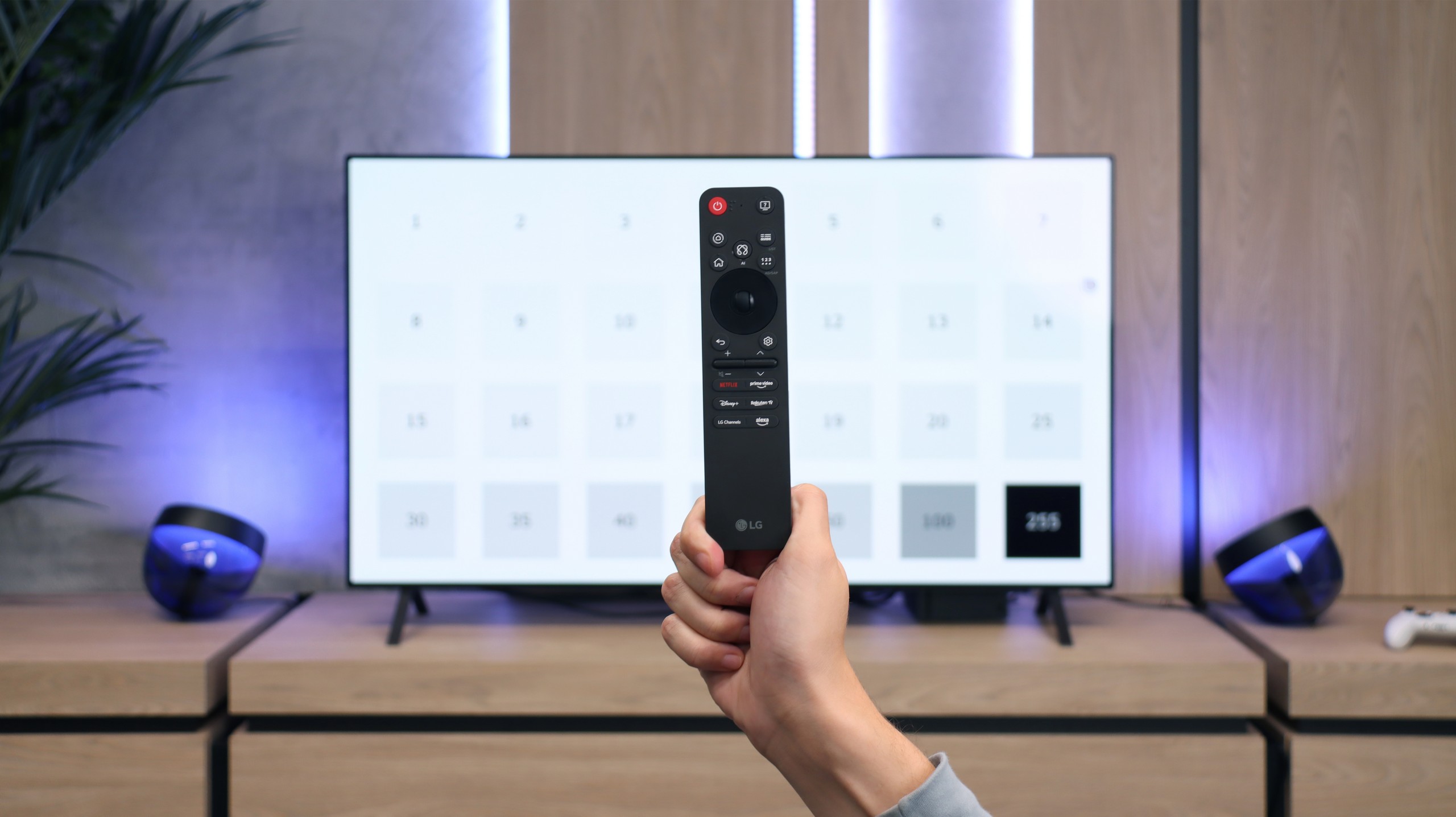
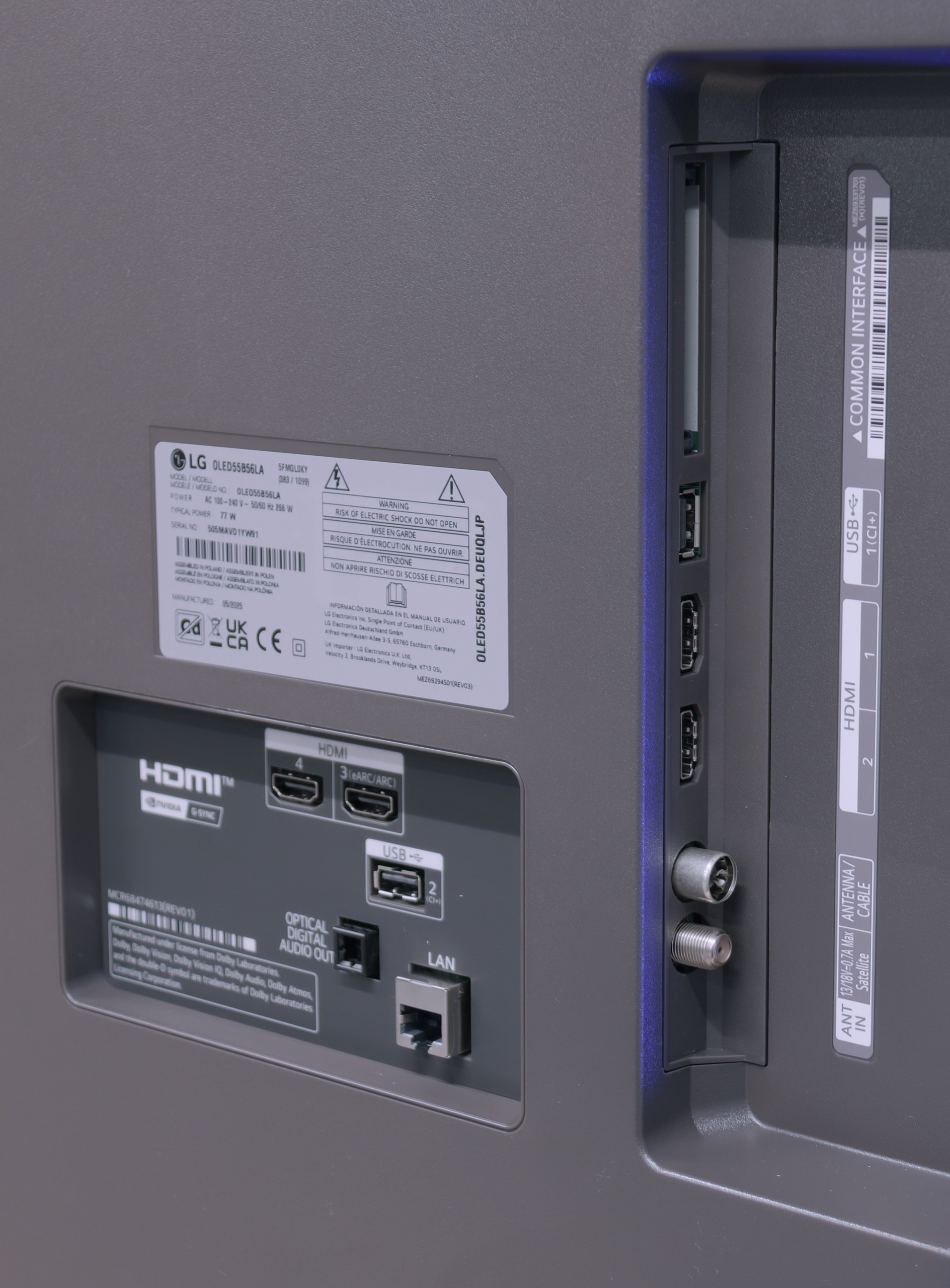
Sony Bravia 7 operates on the Google TV system, which offers an intuitive and fast interface, providing easy access to a multitude of applications. Google Assistant supports the Polish language, making television usage even more convenient and personalized. The interface is clear, and access to functions and applications is quick and hassle-free. It's worth mentioning the remote, which is charged via a USB-C port. Additionally, the remote is backlit, which greatly facilitates its use at night.
Sony Bravia 7 offers a wide range of capabilities that will satisfy most users. The ability to record programs and easily connect devices via Bluetooth are significant advantages. Unfortunately, it lacks the Picture-in-Picture (PiP) feature, which could be useful for watching two sources of video simultaneously.
XR70 stands out with its practical and elegant design. The television is equipped with a 4-position base that allows for adaptation to various spaces and settings – this is particularly useful when flexibility in interior design is desired. Additionally, the slim aluminum frame gives the device a modern and stylish appearance. Although it is not as sleek as some competing Korean models, it still looks very attractive and sturdy.
User Features
Although the LG B5 is modern equipment, they haven't forgotten about those who just want to… watch television sometimes. Without apps, without accounts, without logging in anywhere. We have built-in DVB-T2 tuners and the ability to record to USB, with a clear and fast EPG guide. Not enough? There’s even a functioning teletext – a relic for many, perhaps, but everyday life for others. We also appreciate the option to turn off the picture and leave just the sound, which works great for listening to music. And if you want to watch quietly – you can easily pair Bluetooth headphones, without struggling with settings and without delays. Everything works as it should.
SMART TV: webOS
The biggest distinguishing feature of the webOS system – still! – remains the way of control. The Magic remote that comes with the LG B5 (in our version B56 – the one without a numeric keypad) works like a magic wand. We point, click, select. And it just… works. Intuitively, quickly, and without unnecessary left-right arrow clicking. Additionally, there’s an AI voice assistant – quite capable. You can call it directly from the remote and use your voice to search content, change settings, or switch sources. While webOS itself may not be the most "modern" system on the market, and the built-in ads can be annoying, when it comes to user convenience – especially with the Magic remote – it still keeps a step ahead of the competition.
Playing files from USB
8.6/10
8.6/10
Supported photo formats:
Maximum photo resolution:

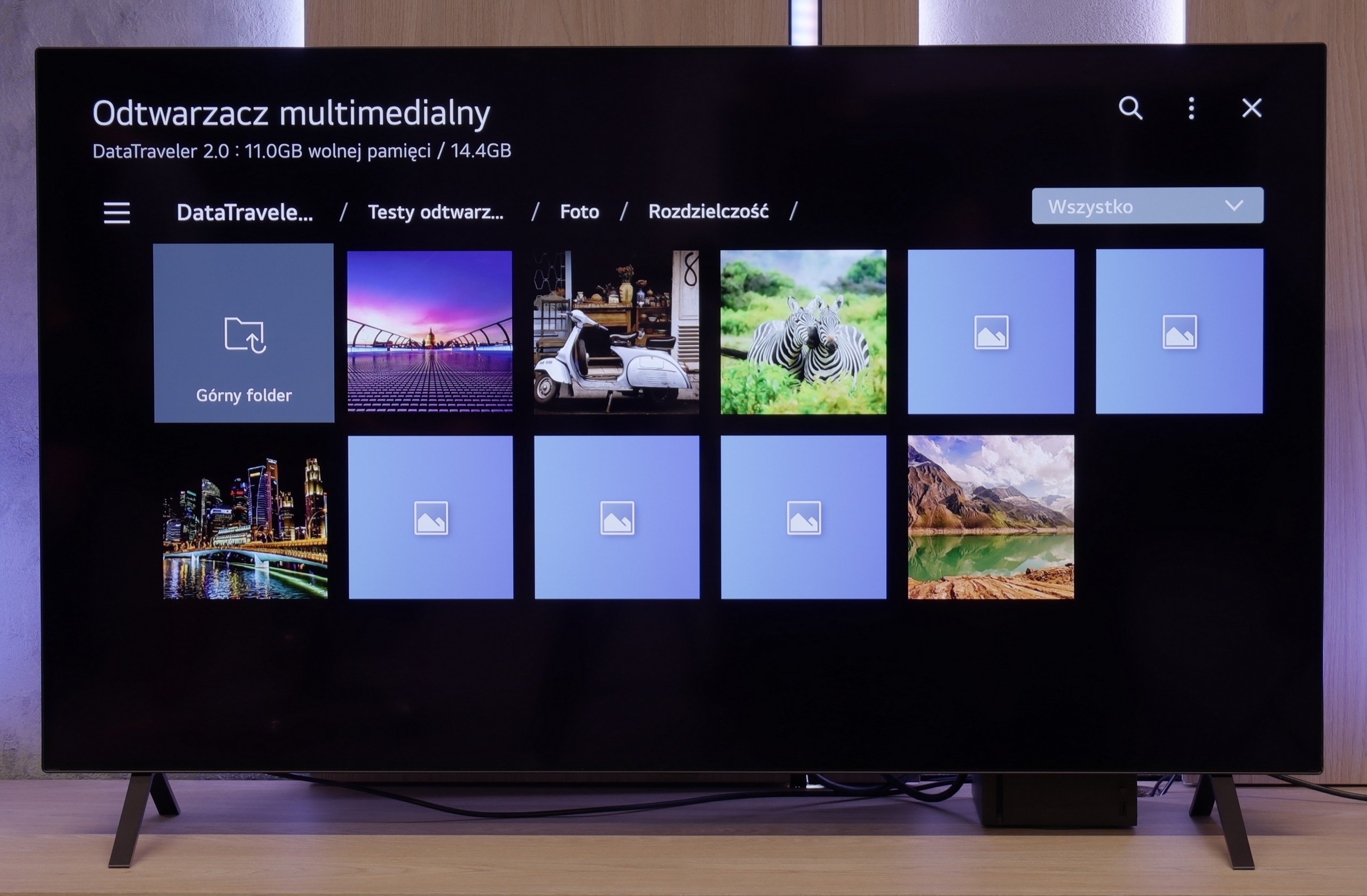
The built-in player handles most popular video and audio formats, allowing you to enjoy a wide range of content without any issues. Although there are minor shortcomings when playing photos, the Google TV system makes it easy to install other applications that effectively solve this problem and expand the multimedia capabilities of the television.
LG B5 handles files from USB as it should. Most popular formats work seamlessly, and subtitles – even with Polish characters – are displayed correctly. You can easily play a movie from a flash drive or do a weekend slideshow of your vacation photos without worrying that something will go wrong. However, there was a surprise with files in HEIC format – that is, photos saved by Apple devices. While LG C5 had no issues with them, the B5 stubbornly refused to cooperate and was unable to display them. A minor glitch that probably won’t affect everyone, but it's worth knowing about.
Apps
9.6/10
8.7/10














































Sound
7.8/10
7/10
- Subjective sound quality:7.8/107/10
- Dolby Digital Plus 7.1:
- Dolby True HD 7.1:
- Dolby Atmos in Dolby Digital Plus (JOC):
- Dolby Atmos in Dolby True HD:
- DTS:X in DTS-HD MA:
- DTS-HD Master Audio:
Although the Sony Bravia 7 television is equipped with only a 2-channel speaker system (2.0), there are two speakers for each channel with a total power of 40 W. This provides really good sound quality, and the bass is noticeable, making watching movies and listening to music more enjoyable.
We didn't expect miracles – after all, the LG B5 doesn't have an advanced audio system, and its built-in speakers look... well, like those in most flat-screen TVs. And yet – it sounds quite pleasant. Dialogs are clear, the sound doesn't boom, and during a quieter viewing experience, we didn't immediately feel the need to connect a soundbar. It's just a pity that this year LG decided to cut something that worked in the previous generation. We're talking, of course, about support for DTS formats, which we won't find in the B5. If you have movies encoded in that standard – you'll need to rely on an external player.


